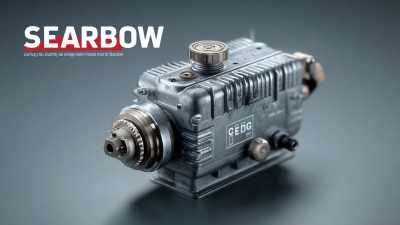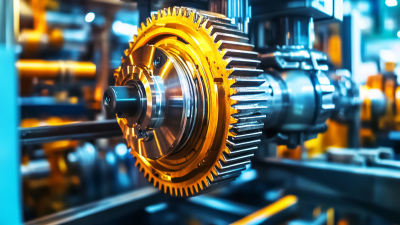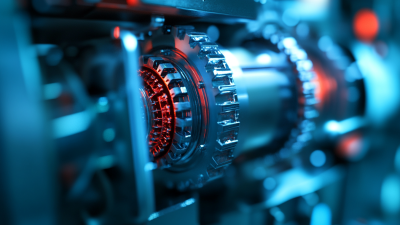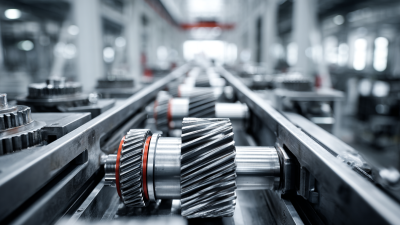Unlocking the Mechanisms: How Gearboxes Power the Future of Transportation
In the rapidly evolving landscape of transportation, gearboxes play a pivotal role in enhancing vehicle performance and efficiency. According to a recent report by MarketsandMarkets, the global automotive gearbox market is projected to reach USD 54.67 billion by 2025, growing at a CAGR of 5.7%. This growth is driven by the rising demand for fuel-efficient vehicles and advancements in electric and hybrid technologies.

Gearboxes are crucial for optimizing power delivery, enabling smoother operations, and improving fuel economy, particularly as the industry moves towards electrification. The integration of innovative technologies, such as dual-clutch systems and continuously variable transmissions (CVTs), is transforming how gearboxes function, significantly influencing the overall driving experience. As we delve into the mechanisms that underpin these vital components, it becomes clear that gearboxes are not just fundamental to vehicle operation; they are also key enablers of the future of transportation.
The Evolution of Gearboxes in Modern Transportation
The evolution of gearboxes has been a critical component in shaping modern transportation, particularly with the rise of electric vehicles (EVs). Traditional mechanical gear systems have long been the backbone of internal combustion engines, enabling efficient power transfer and optimizing performance. However, as the automotive industry shifts towards electrification, the design and functionality of gearboxes are adapting to accommodate the unique architecture of electric powertrains.
Electric vehicles require innovative gearbox solutions that enhance efficiency and performance while managing the electric motor's instantaneous torque. The transition from conventional to electric systems has led to the development of single-speed gearboxes, which simplify the power delivery process and reduce mechanical complexity.
These advancements not only improve vehicle responsiveness but also contribute significantly to the overall efficiency of EVs, reflecting the industry's commitment to sustainability. As electric mobility gains traction, understanding and leveraging the evolution of gearboxes will be essential for future transportation solutions.
Understanding the Role of Gear Ratios in Efficiency
 Gear ratios play a pivotal role in enhancing the efficiency of gearboxes, which are essential components in the transportation sector. By determining the relationship between the rotational speeds of the input and output shafts, gear ratios can optimize engine performance and fuel efficiency. According to a report by the International Council on Clean Transportation, properly adjusted gear ratios can lead to a 10-15% improvement in fuel economy for passenger vehicles. This efficiency is increasingly vital as automakers push for greener technologies to meet stringent emissions regulations.
Gear ratios play a pivotal role in enhancing the efficiency of gearboxes, which are essential components in the transportation sector. By determining the relationship between the rotational speeds of the input and output shafts, gear ratios can optimize engine performance and fuel efficiency. According to a report by the International Council on Clean Transportation, properly adjusted gear ratios can lead to a 10-15% improvement in fuel economy for passenger vehicles. This efficiency is increasingly vital as automakers push for greener technologies to meet stringent emissions regulations.
Tips: When choosing a vehicle, consider models with advanced gearbox technologies, such as continuously variable transmissions (CVTs) or dual-clutch systems, which can offer better gear ratio optimization. Regular maintenance of the gearbox can also ensure that it performs at its peak efficiency, maximizing fuel economy over time.
The importance of gear ratios extends beyond just personal vehicles. In commercial transportation, optimizing gear configurations can reduce operational costs significantly. A study from the Society of Automotive Engineers indicated that proper gear management in heavy-duty trucks could lower fuel consumption by up to 20%. As the future of transportation leans towards sustainability, understanding and utilizing effective gear ratios will be crucial in powering a more efficient and eco-friendly transport system.
The Impact of Electric and Hybrid Technologies on Gearbox Design
In recent years, electric and hybrid vehicle technologies have significantly reshaped the landscape of gearbox design. As reported by the International Council on Clean Transportation (ICCT), the market for electric vehicles (EVs) is projected to grow from 2.5 million units in 2020 to over 28 million by 2030, which pressures manufacturers to rethink traditional gearbox systems. Unlike conventional combustion engines, EVs require gearboxes that can efficiently handle higher torque at lower speeds, leading to a trend towards simplified or even single-speed gearboxes.
Moreover, according to Frost & Sullivan, the hybrid vehicle segment is expected to hold a lucrative share of the automotive market, reaching nearly 15 million units annually by 2025. This shift has prompted gearbox manufacturers to innovate with designs that can accommodate varying driving modes and energy recovery systems. Advanced transmission technologies, such as continuously variable transmissions (CVTs) and dual-clutch transmissions (DCTs), are becoming increasingly popular in both hybrids and electric models to enhance efficiency and performance. The synergy between electric powertrains and gearbox innovations not only drives the future of transportation but also aligns with global sustainability goals by reducing emissions and optimizing energy usage.
Unlocking the Mechanisms: How Gearboxes Power the Future of Transportation
| Gearbox Type |
Application |
Efficiency (%) |
Weight (kg) |
Power Output (kW) |
| Automatic Gearbox |
Passenger Vehicles |
90 |
80 |
150 |
| CVT (Continuously Variable Transmission) |
Hybrid Vehicles |
92 |
75 |
120 |
| Dual-Clutch Transmission |
Sports Cars |
95 |
70 |
200 |
| Planetary Gearbox |
Electric Vehicles |
94 |
90 |
100 |
Future Innovations: Smart Gearboxes and Adaptive Systems
 The future of transportation hinges on the advancement of smart gearboxes and adaptive systems, which are poised to revolutionize how vehicles operate. According to a report by the International Council on Clean Transportation (ICCT), the integration of smart gearbox technologies can improve vehicle efficiency by up to 15%, significantly reducing fuel consumption and emissions. These innovative systems utilize real-time data analytics to dynamically adjust gear ratios based on driving conditions, optimizing performance and energy use.
The future of transportation hinges on the advancement of smart gearboxes and adaptive systems, which are poised to revolutionize how vehicles operate. According to a report by the International Council on Clean Transportation (ICCT), the integration of smart gearbox technologies can improve vehicle efficiency by up to 15%, significantly reducing fuel consumption and emissions. These innovative systems utilize real-time data analytics to dynamically adjust gear ratios based on driving conditions, optimizing performance and energy use.
Furthermore, as automated driving technologies gain traction, adaptive gearboxes will be vital in supporting seamless vehicle function. A study from MarketsandMarkets forecasts that the global market for adaptive transmission systems will reach $69 billion by 2025, driven by the increasing demand for fuel-efficient vehicles and enhanced driving experiences. These advancements not only enhance vehicle performance but also contribute to sustainability goals, showcasing how technology can align with modern transportation needs. As the industry evolves, the commitment to developing smart gearboxes will play a critical role in shaping the transportation landscape of tomorrow.
Addressing Sustainability: Eco-friendly Gearbox Solutions in Transport
Sustainability in transportation has emerged as a critical focus as the world grapples with climate change and pollution.
Eco-friendly gearbox solutions are playing a pivotal role in this evolution. Traditional gear systems often contribute to energy losses and emissions, but innovations in gearbox design are paving the way for more efficient power transmission.
Advanced materials and engineering techniques are being utilized to create lightweight, durable components that minimize friction and maximize performance. This shift not only enhances fuel efficiency but also extends the life of the vehicles, promoting a more sustainable approach to transport.
Moreover, the integration of electric vehicles (EVs) and hybrid systems has transformed the landscape of gearbox technology. Manufacturers are developing specialized gearboxes tailored for electric powertrains, which are designed to optimize the delivery of torque and maintain high efficiency at various speeds.
These new systems help to reduce reliance on fossil fuels while ensuring that performance does not suffer in the transition to greener alternatives. By prioritizing eco-friendly gearbox innovations, the transportation industry can drive forward towards a sustainable future, addressing both environmental concerns and the ever-increasing demand for efficient mobility solutions.

Home
Products
SIEMENS Gearmotor
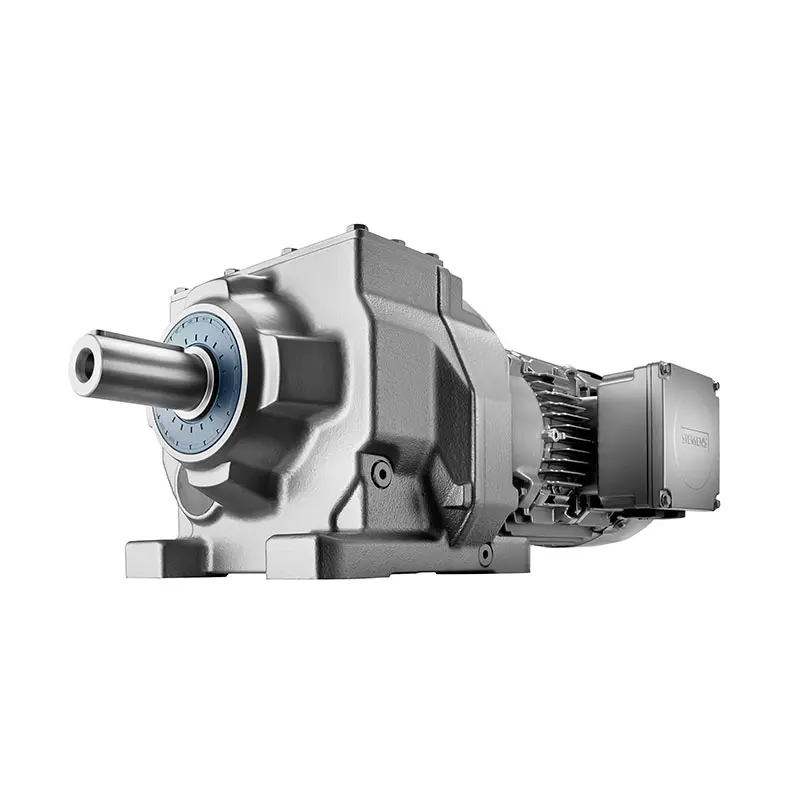 SIEMENS Helical Gearmotor Low Voltage
SIEMENS Helical Gearmotor Low Voltage 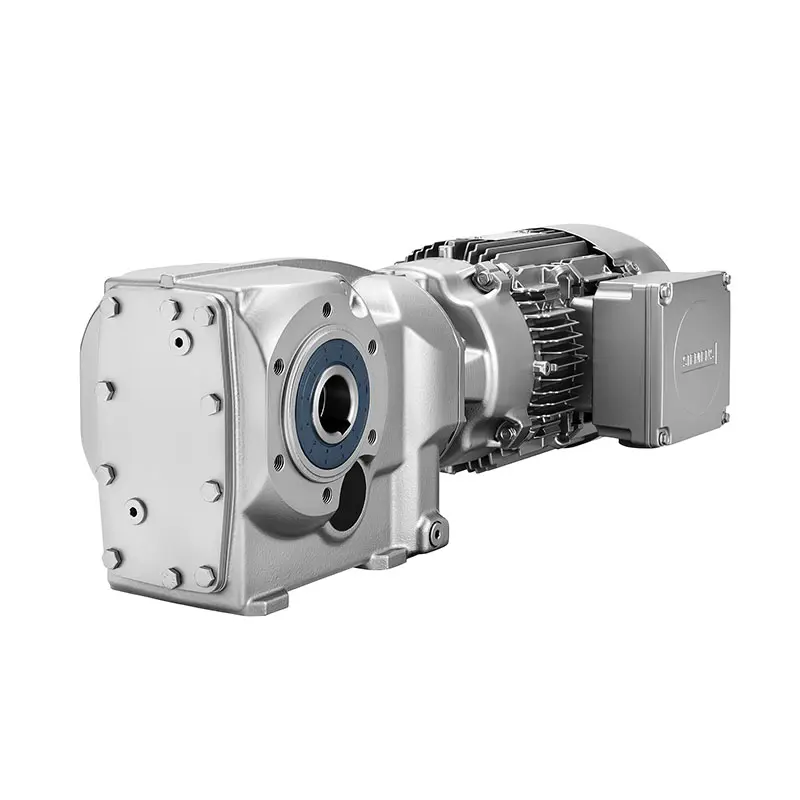 SIEMENS Bevel Helical Gearmotor
SIEMENS Bevel Helical Gearmotor 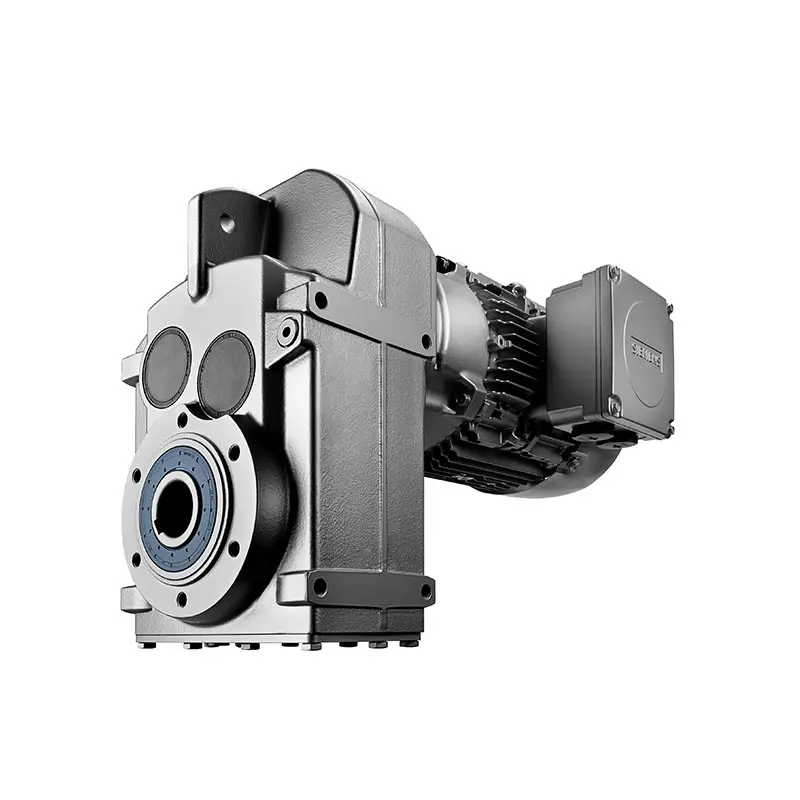 SIEMENS Parallel Shaft Gearmotor
SIEMENS Parallel Shaft Gearmotor 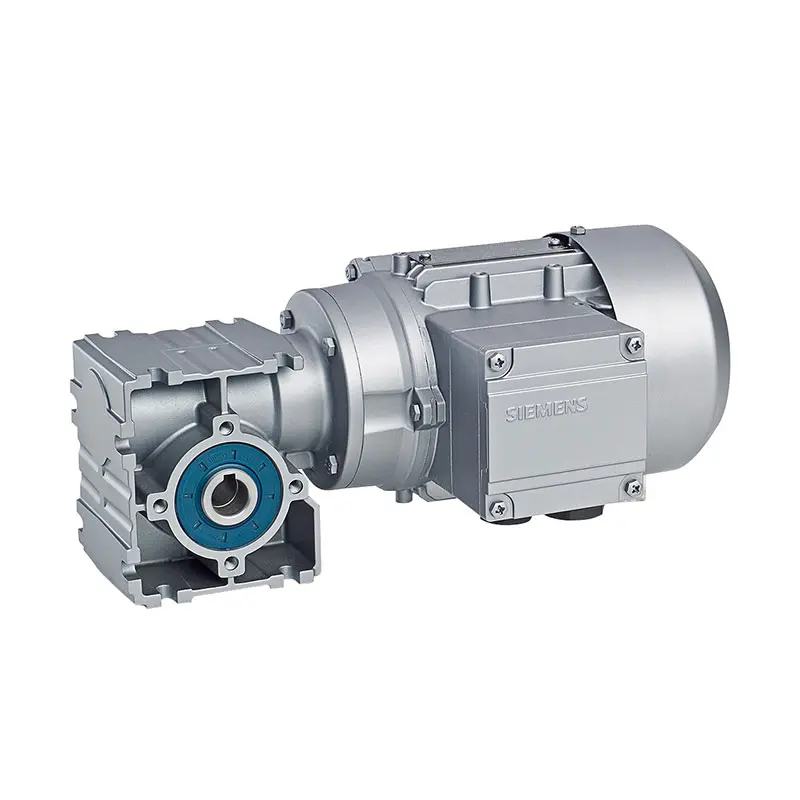 SIEMENS Worm Gearmotor Low Voltage
SIEMENS Worm Gearmotor Low Voltage 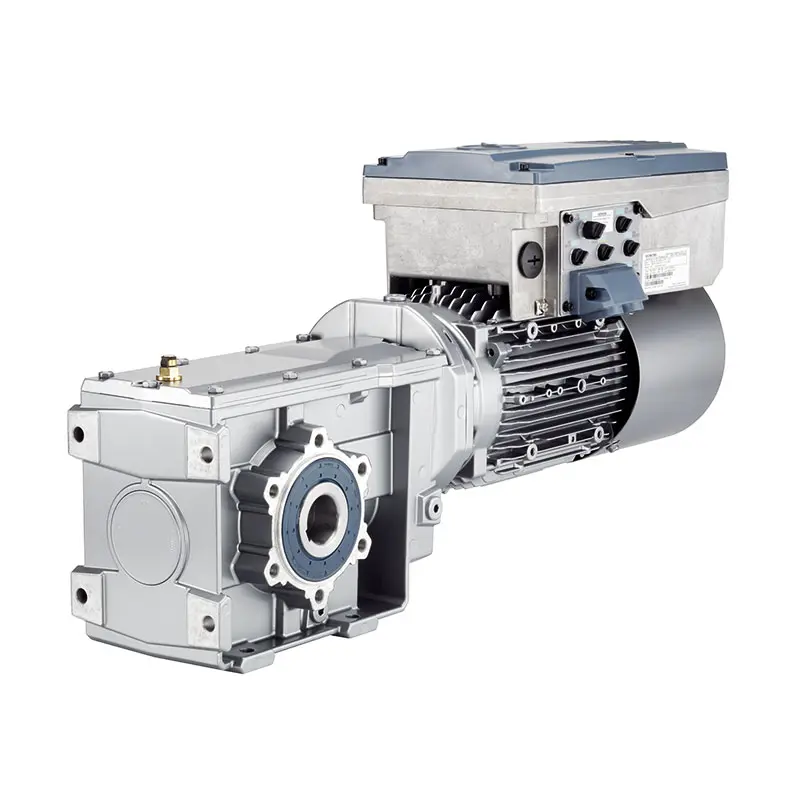 SIEMENS With Servo Motor Gearmotor
SIEMENS With Servo Motor Gearmotor 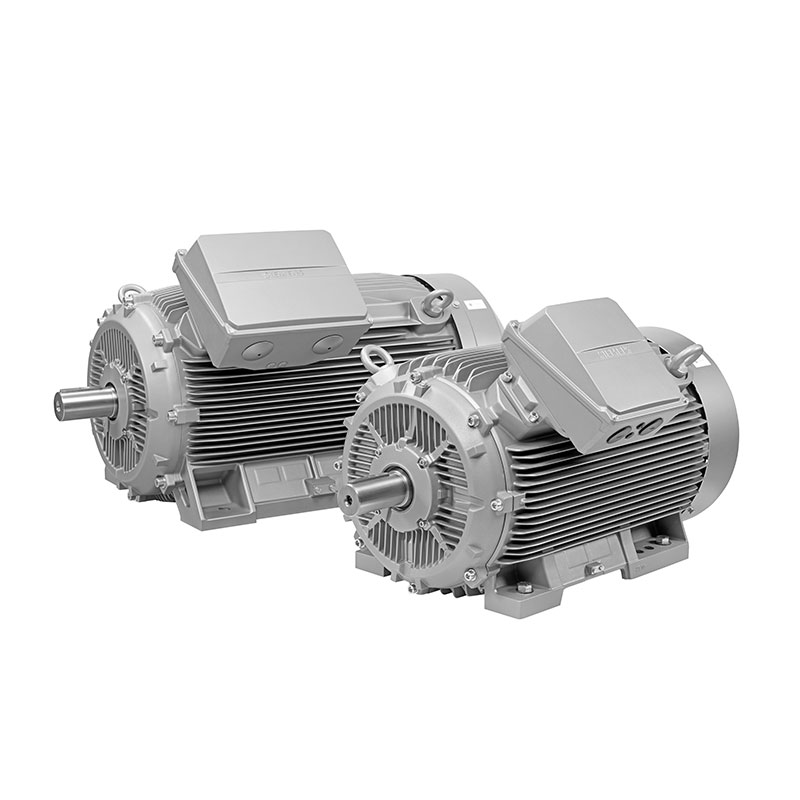 SIEMENS Low Voltage Motor Low Voltage
SIEMENS Low Voltage Motor Low Voltage 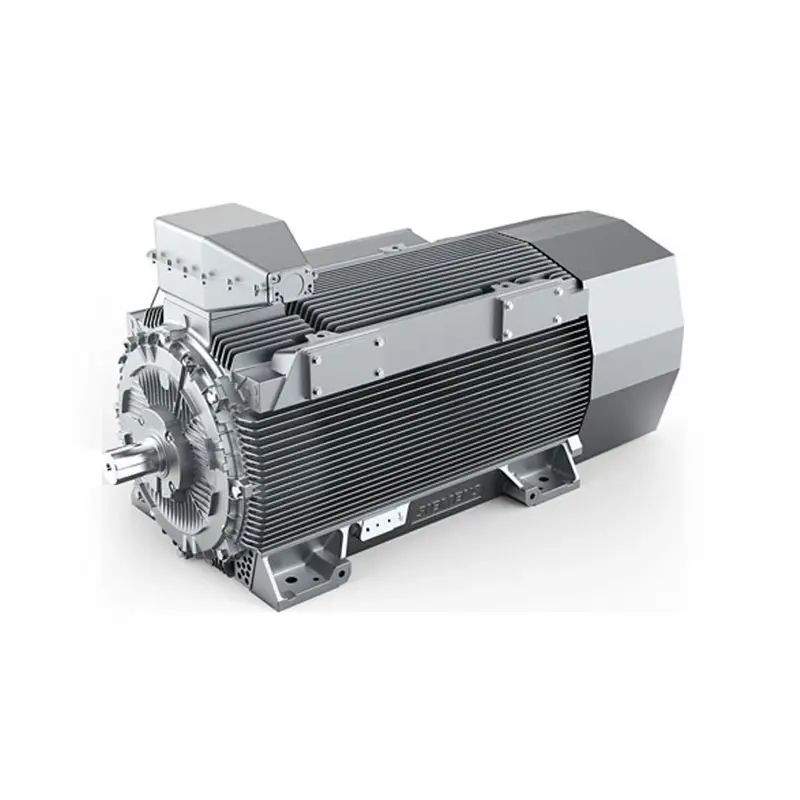 SIEMENS High Voltage Motor Low Voltage
SIEMENS High Voltage Motor Low Voltage 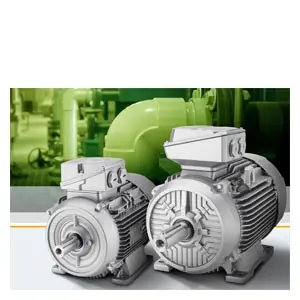 SIEMENS Marine Motor Low Voltage
SIEMENS Marine Motor Low Voltage 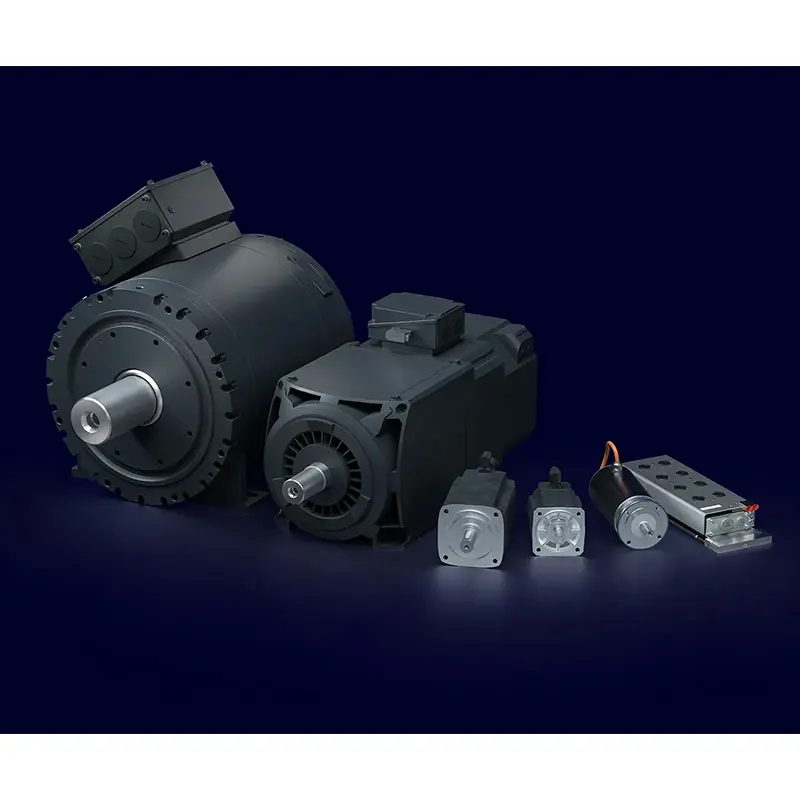 SIEMENS Servo Motor Low Voltage
SIEMENS Servo Motor Low Voltage 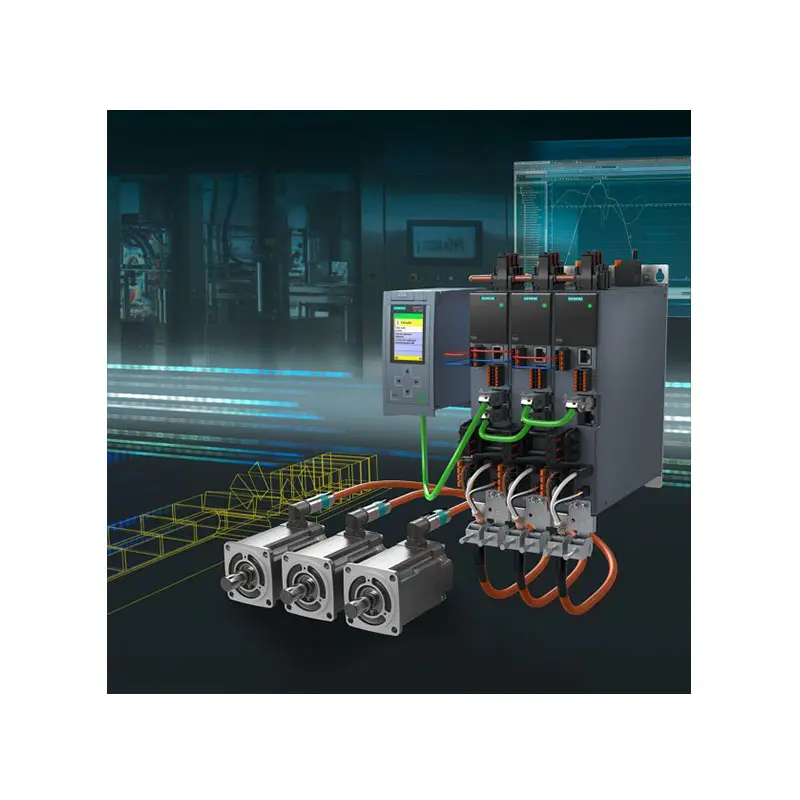 SIEMENS SINAMICS S210 Low Voltage
SIEMENS SINAMICS S210 Low Voltage 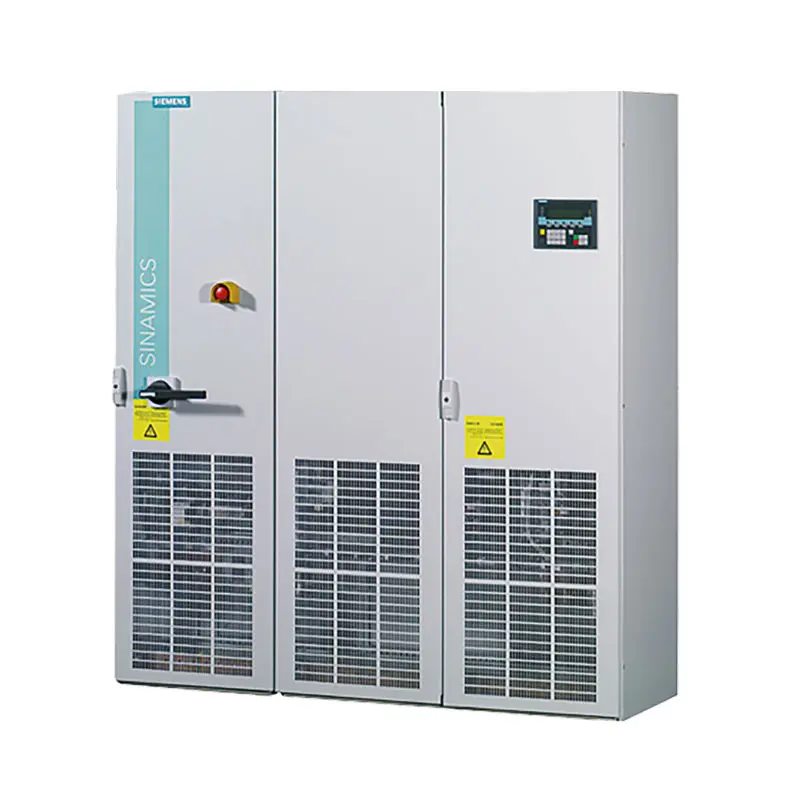 SIEMENS SINAMICS S150 Low Voltage
SIEMENS SINAMICS S150 Low Voltage 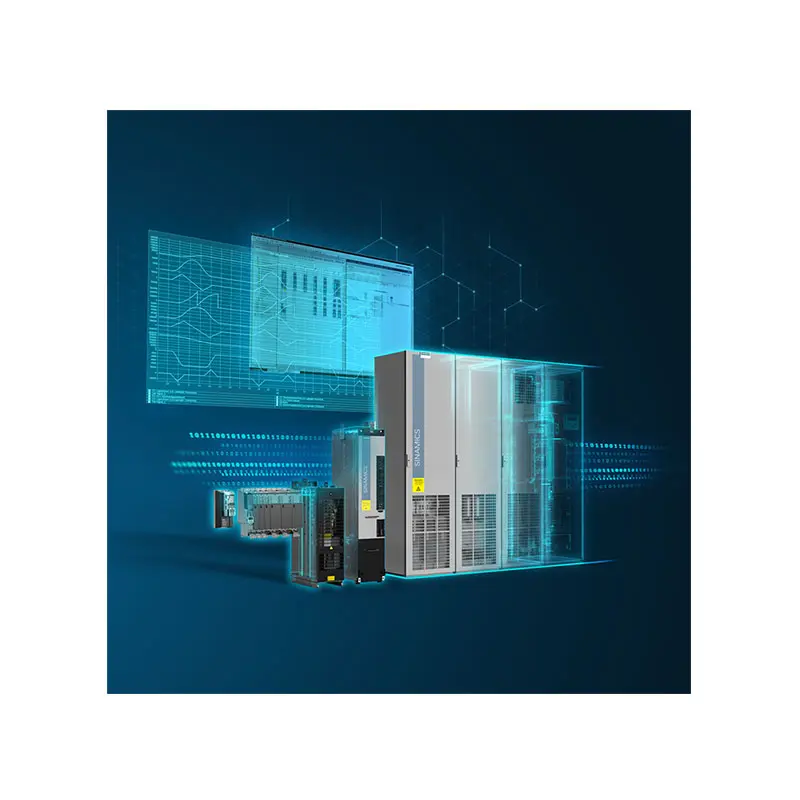 SIEMENS SINAMICS S120 Low Voltage
SIEMENS SINAMICS S120 Low Voltage 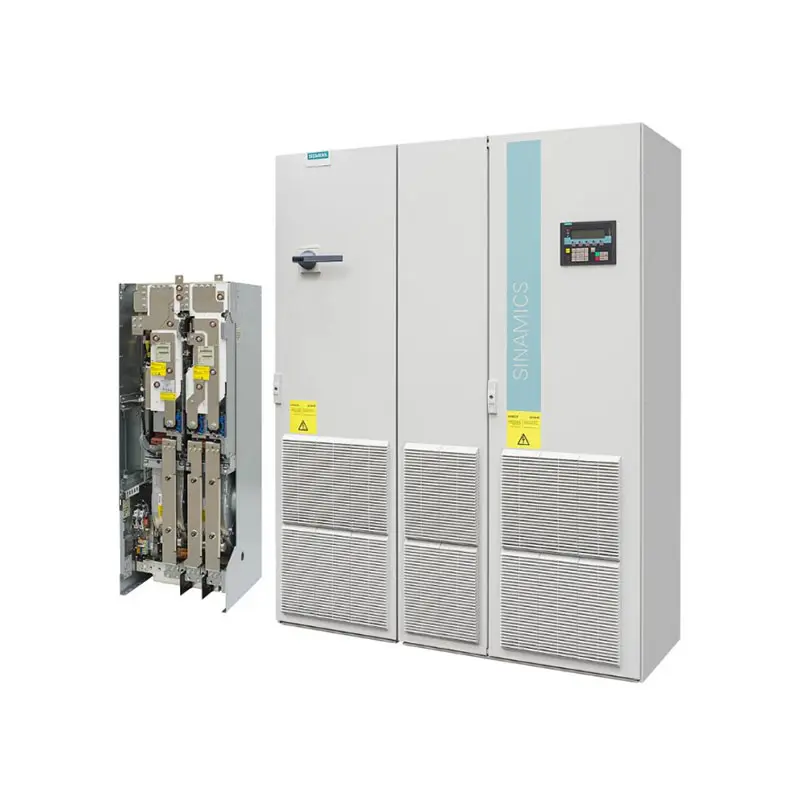 SIEMENS SINAMICS G130/G150
SIEMENS SINAMICS G130/G150 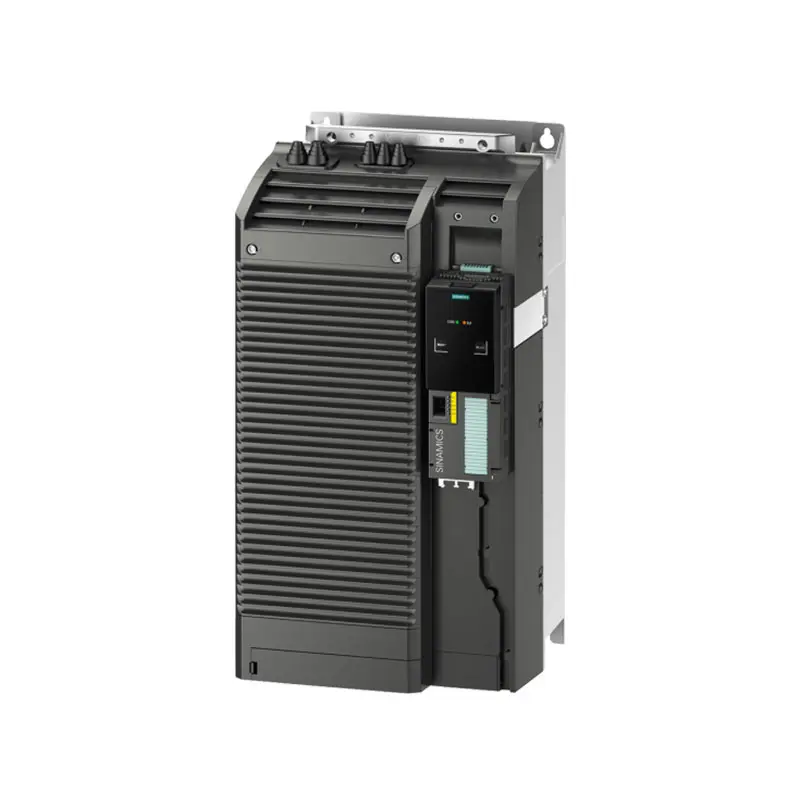 SIEMENS SINAMICS G120 Low Voltage
SIEMENS SINAMICS G120 Low Voltage 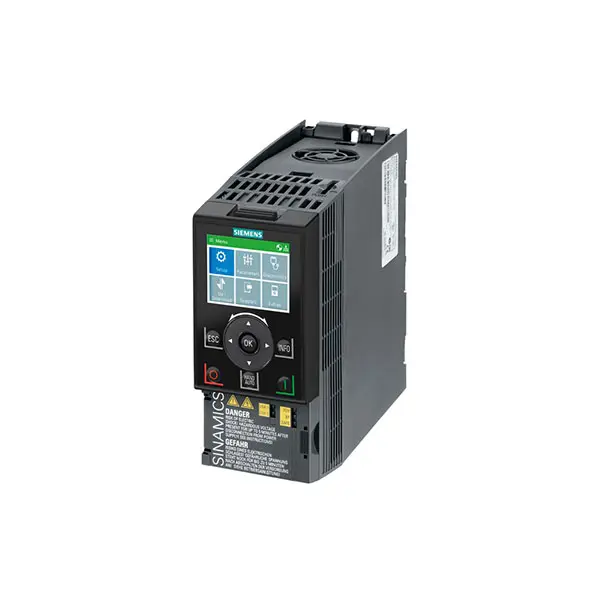 SIEMENS SINAMICS G120C Low Voltage
SIEMENS SINAMICS G120C Low Voltage 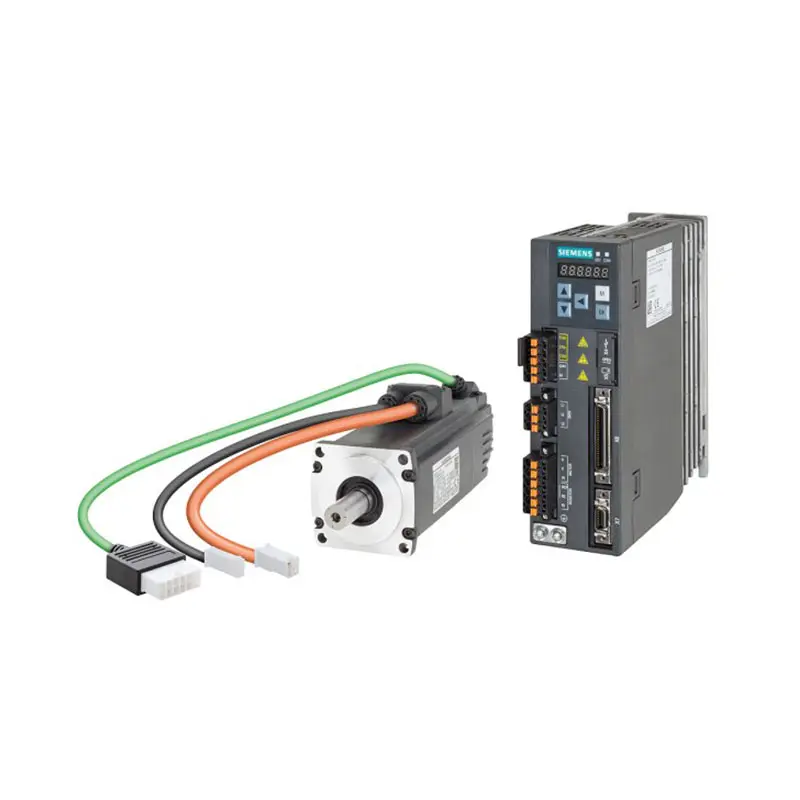 SIEMENS SINAMICS V90
SIEMENS SINAMICS V90 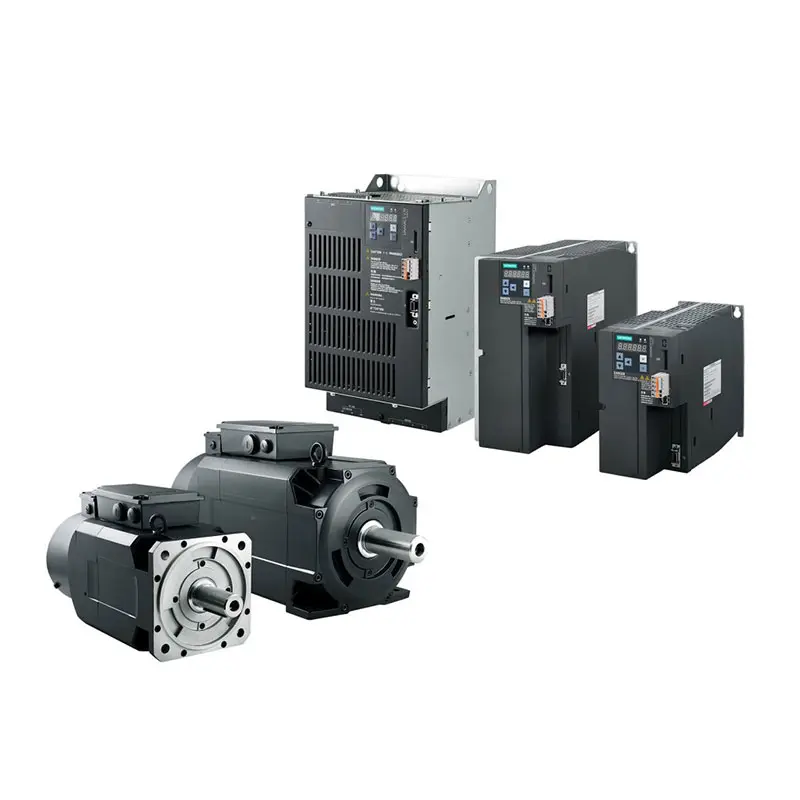 SIEMENS SINAMICS V70 Low Voltage
SIEMENS SINAMICS V70 Low Voltage 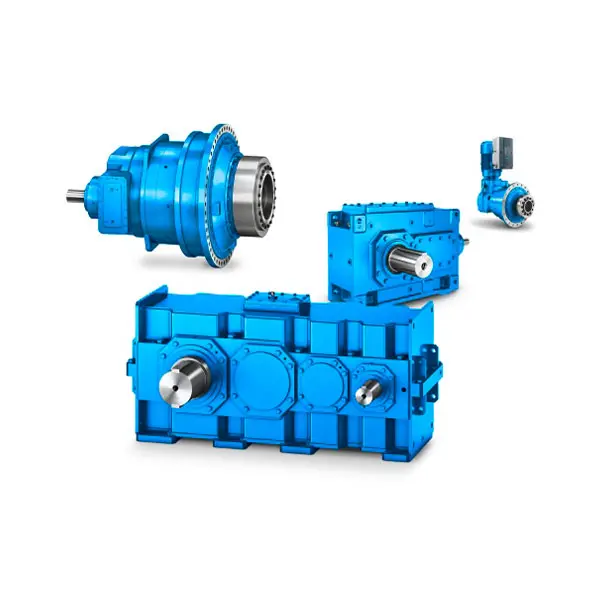 FLENDER Gear Unit
FLENDER Gear Unit 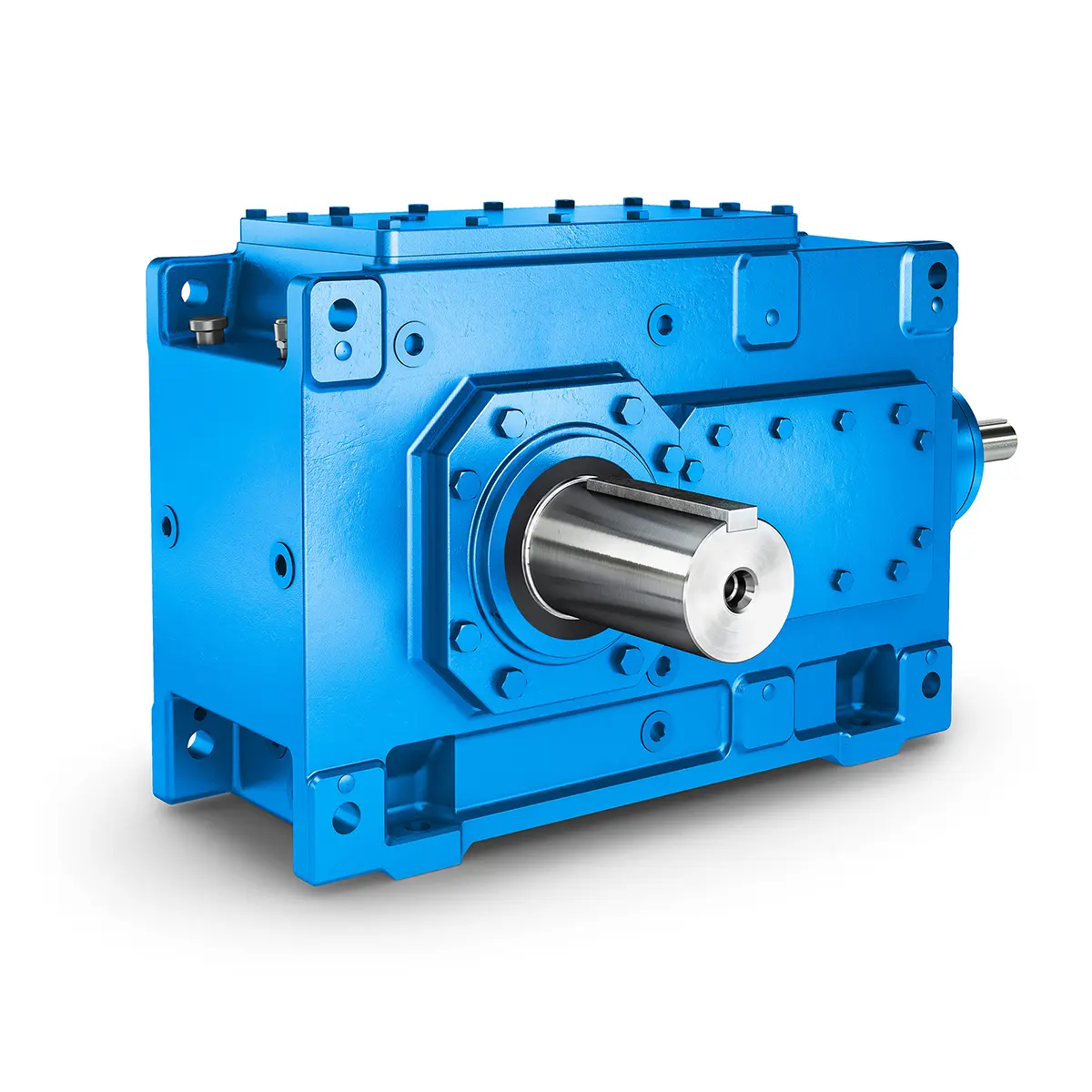 FLENDER Helical Gear Unit
FLENDER Helical Gear Unit 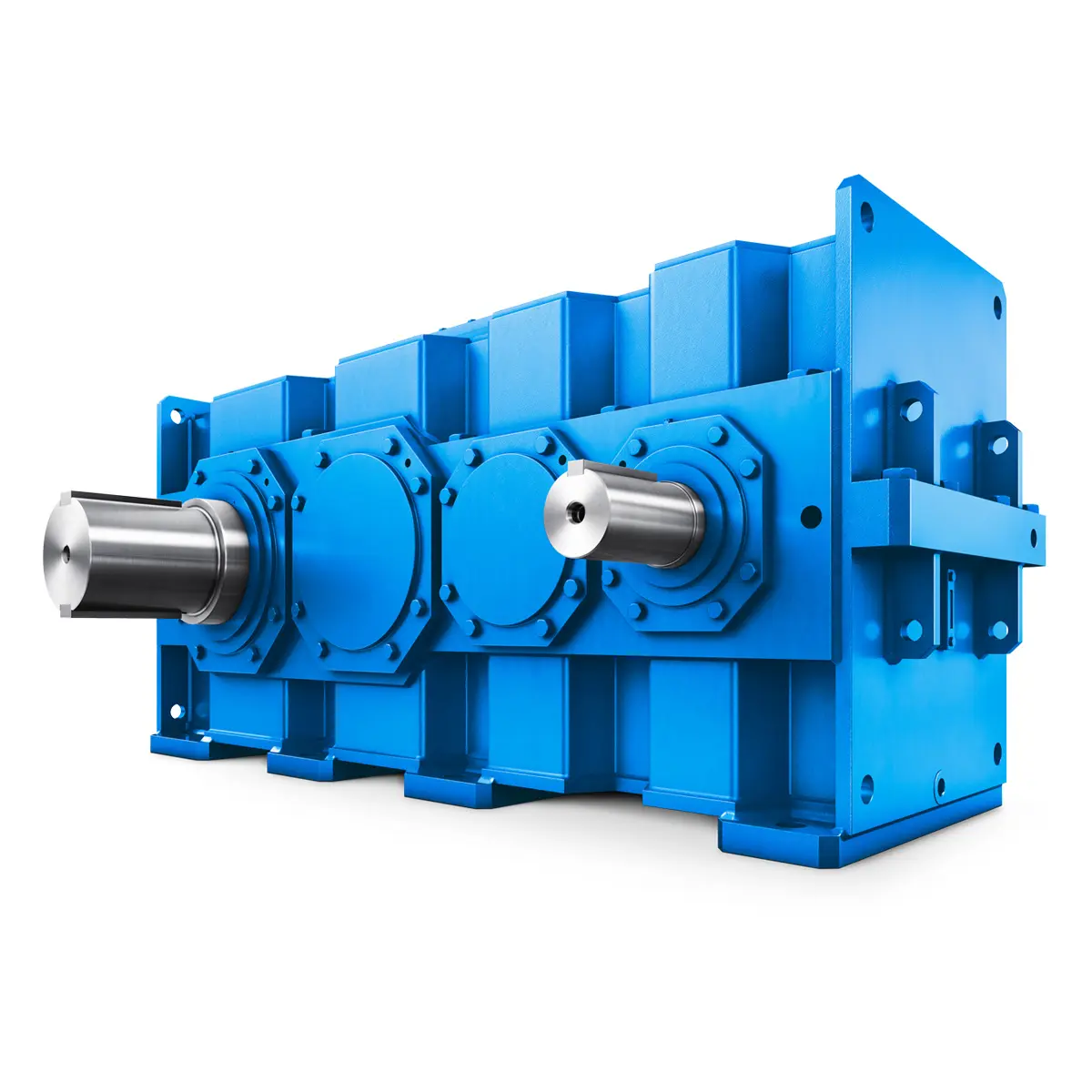 Flender gear units for lifting and luffing gears
Flender gear units for lifting and luffing gears 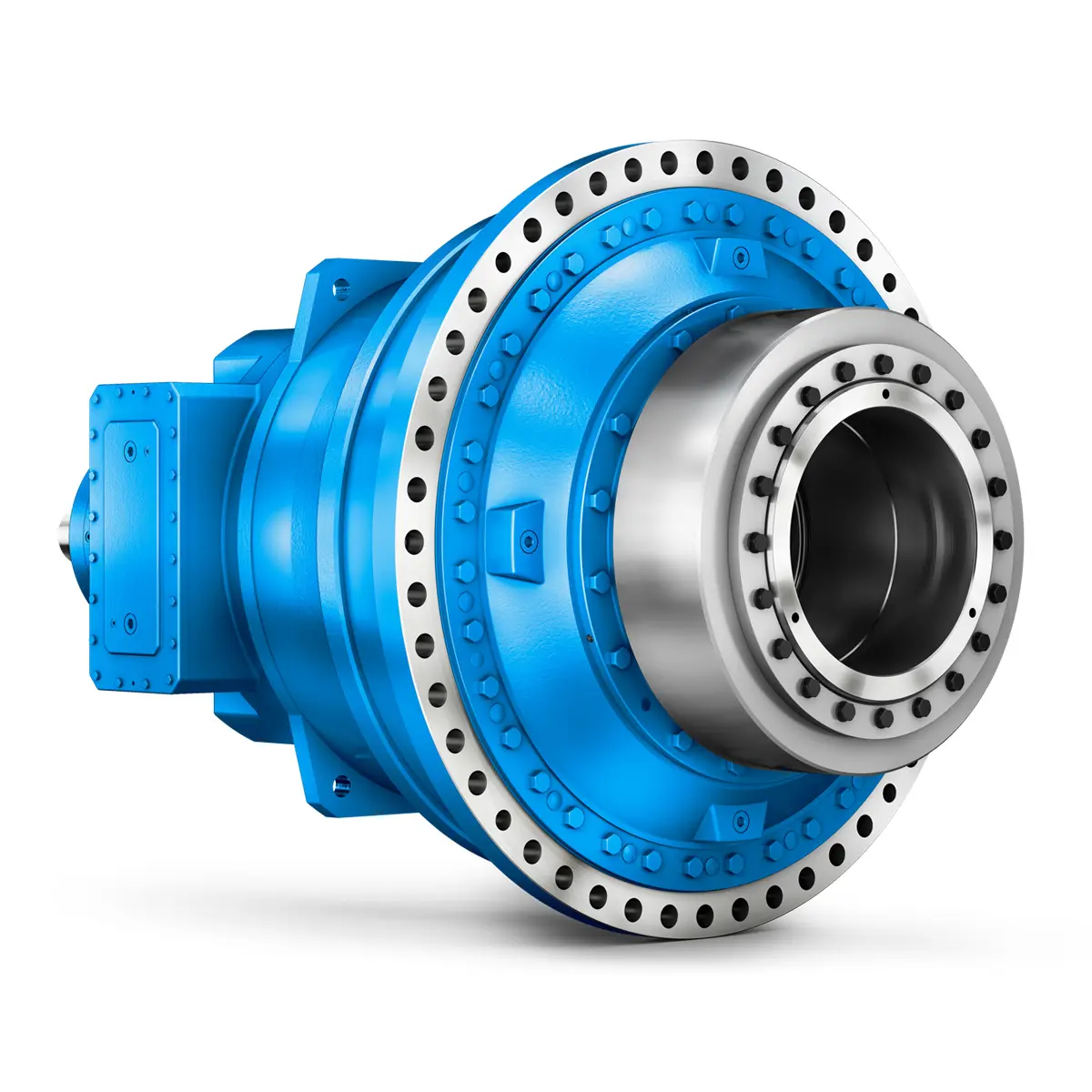 FLENDER Gear Unit gearunit gearbox
FLENDER Gear Unit gearunit gearbox 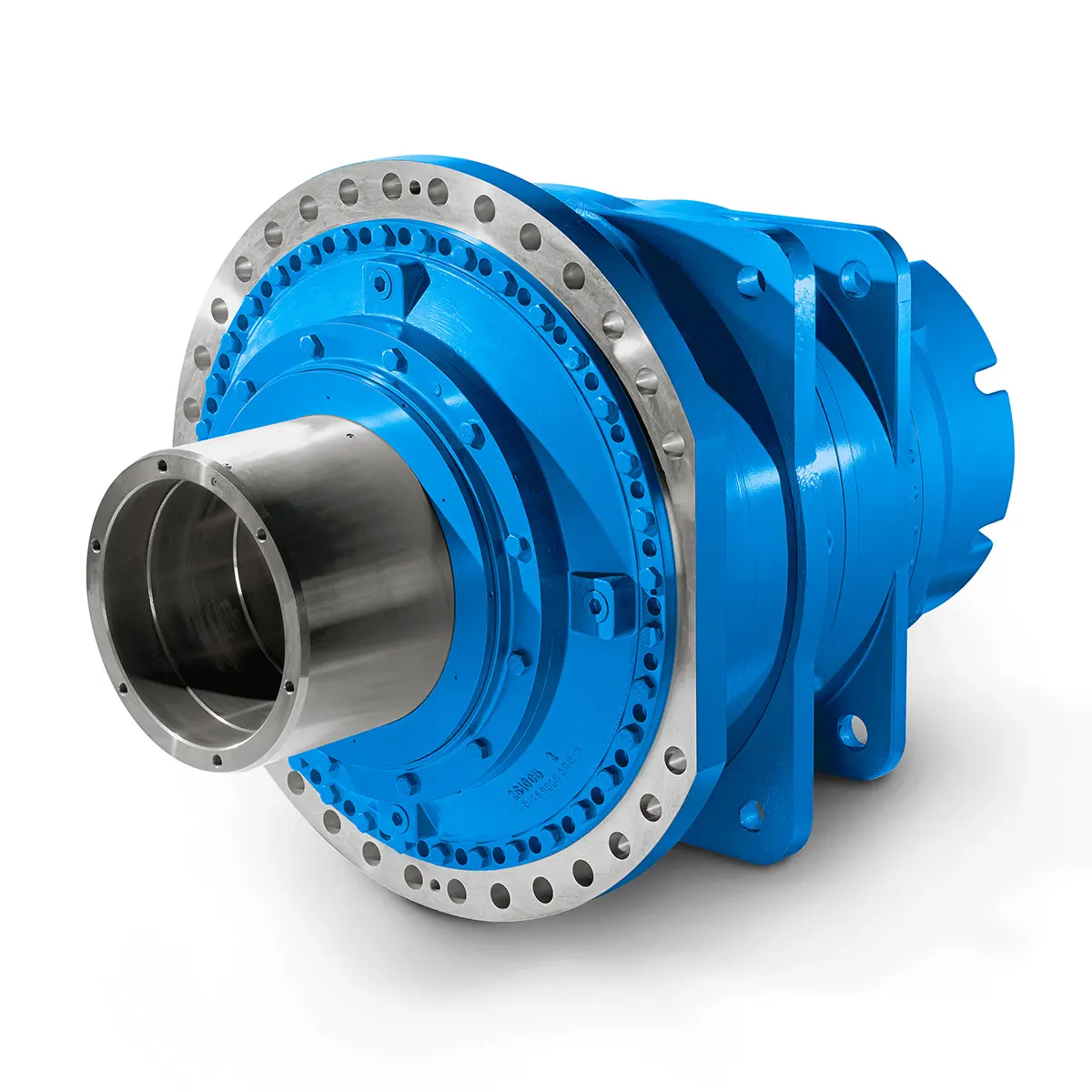 Optimal Drive Solution For Maximum Performance
Optimal Drive Solution For Maximum Performance 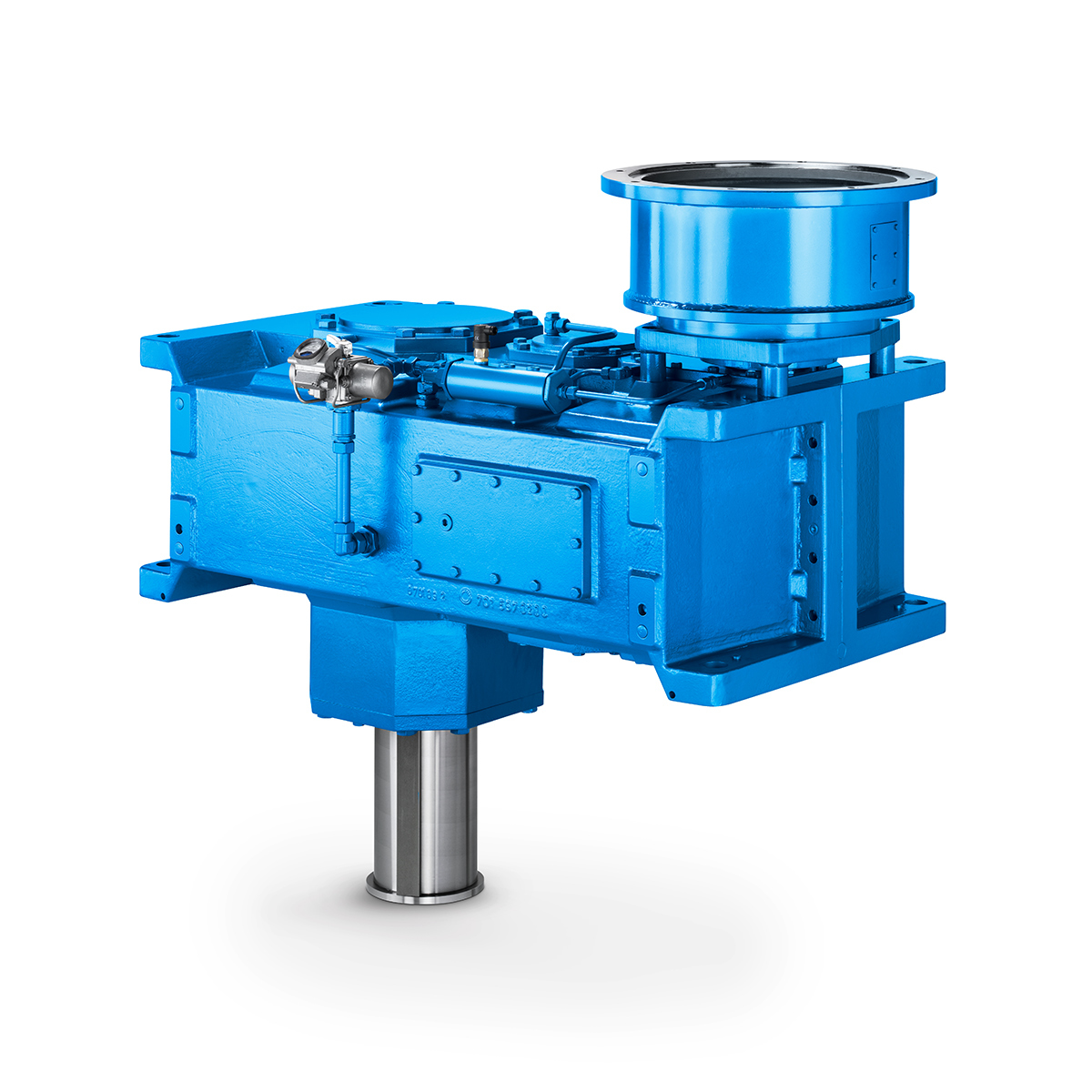 Strongly operating against biodegradable constituents
Strongly operating against biodegradable constituents 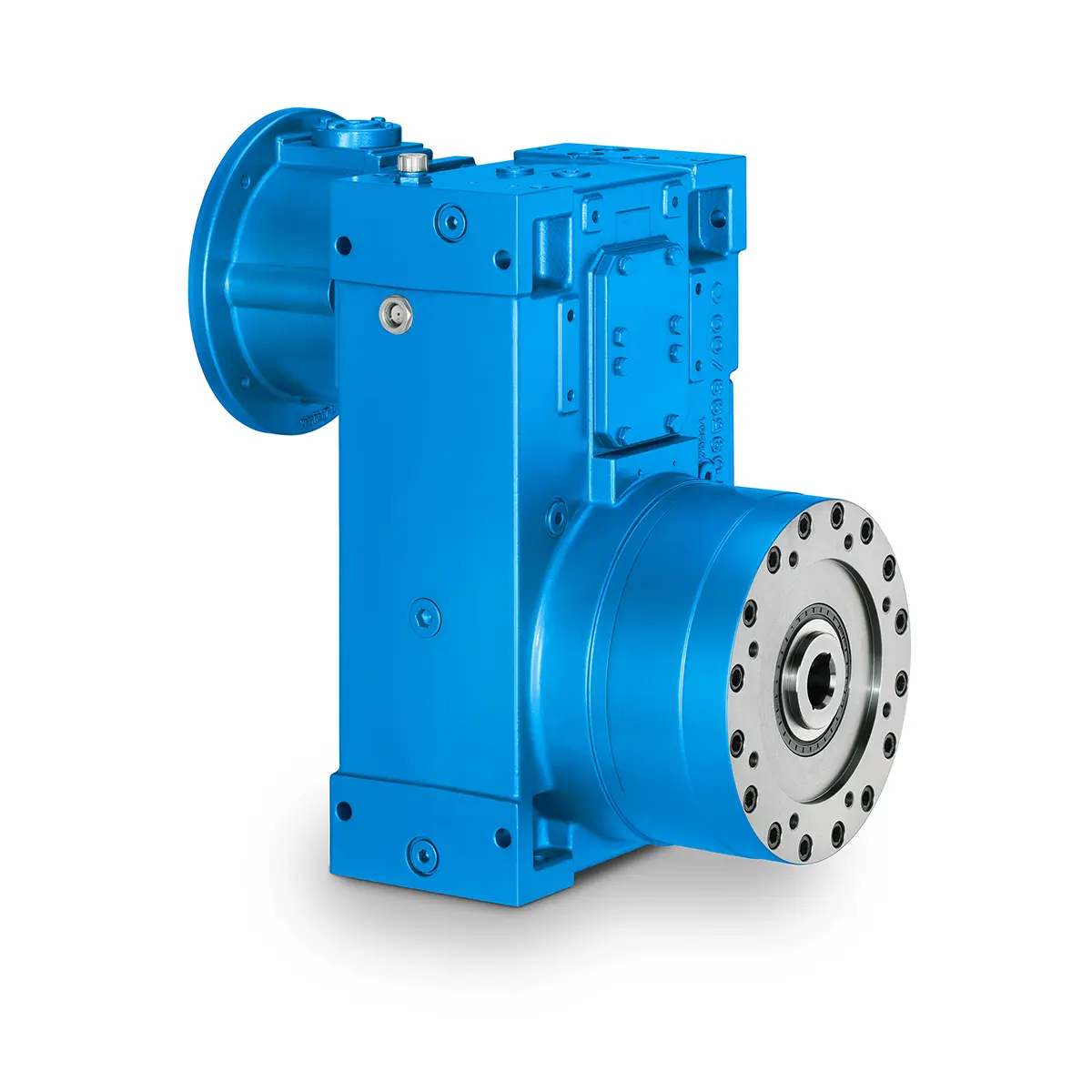 SINGLE SCREW Special industry dedicated gearunit gearbox
SINGLE SCREW Special industry dedicated gearunit gearbox 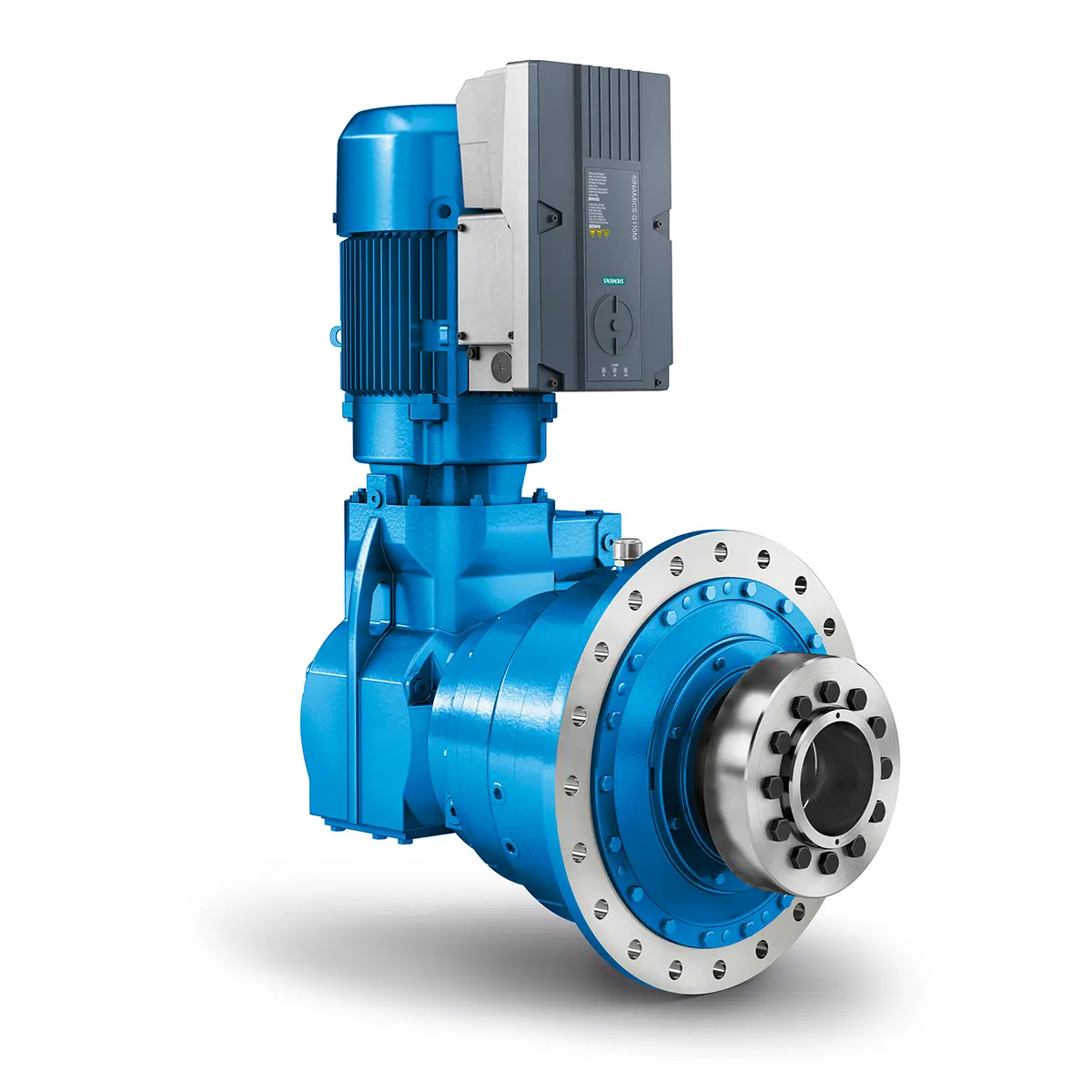 Playmaker In The Premium League
Playmaker In The Premium League 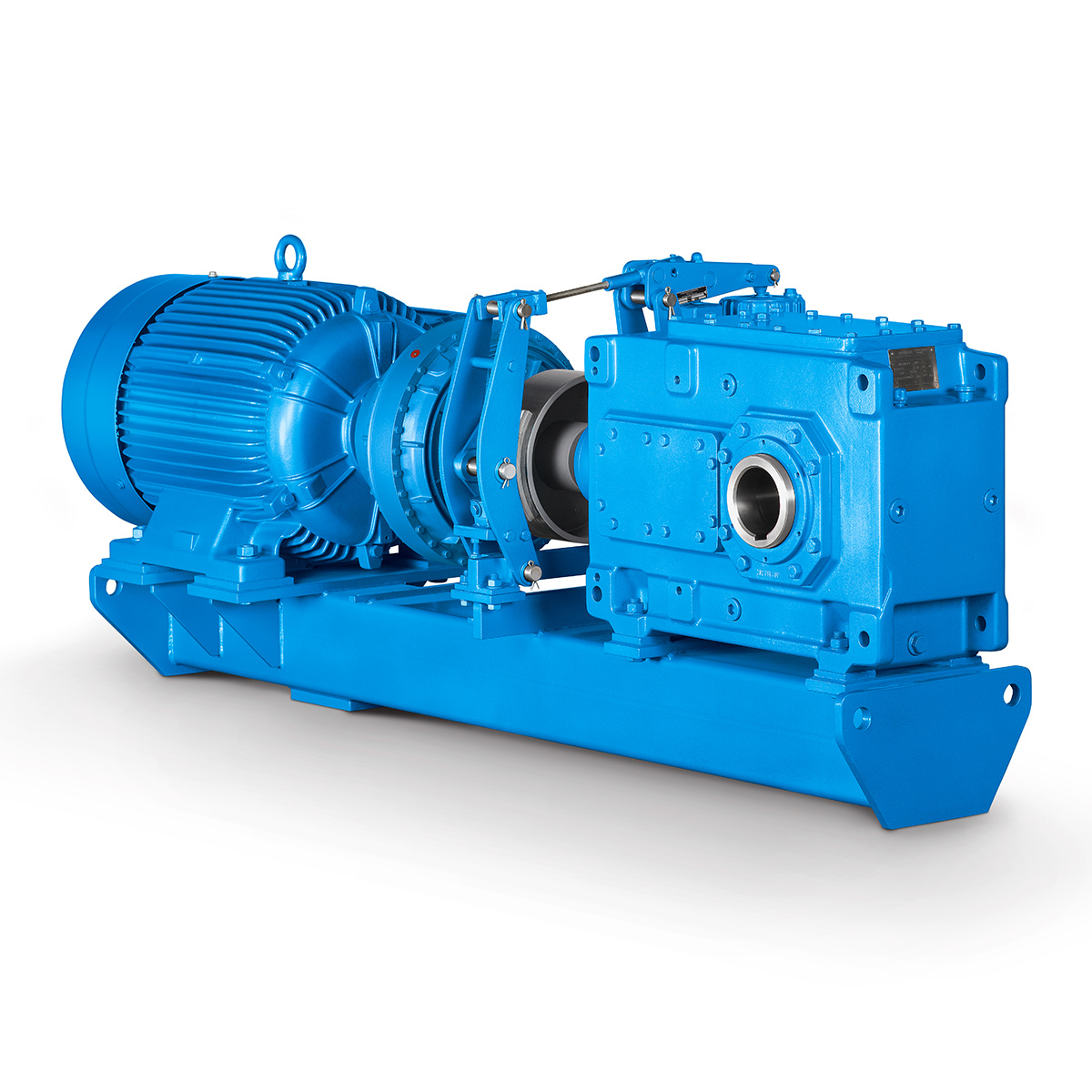 Conveyor belts gearunit gearbox
Conveyor belts gearunit gearbox 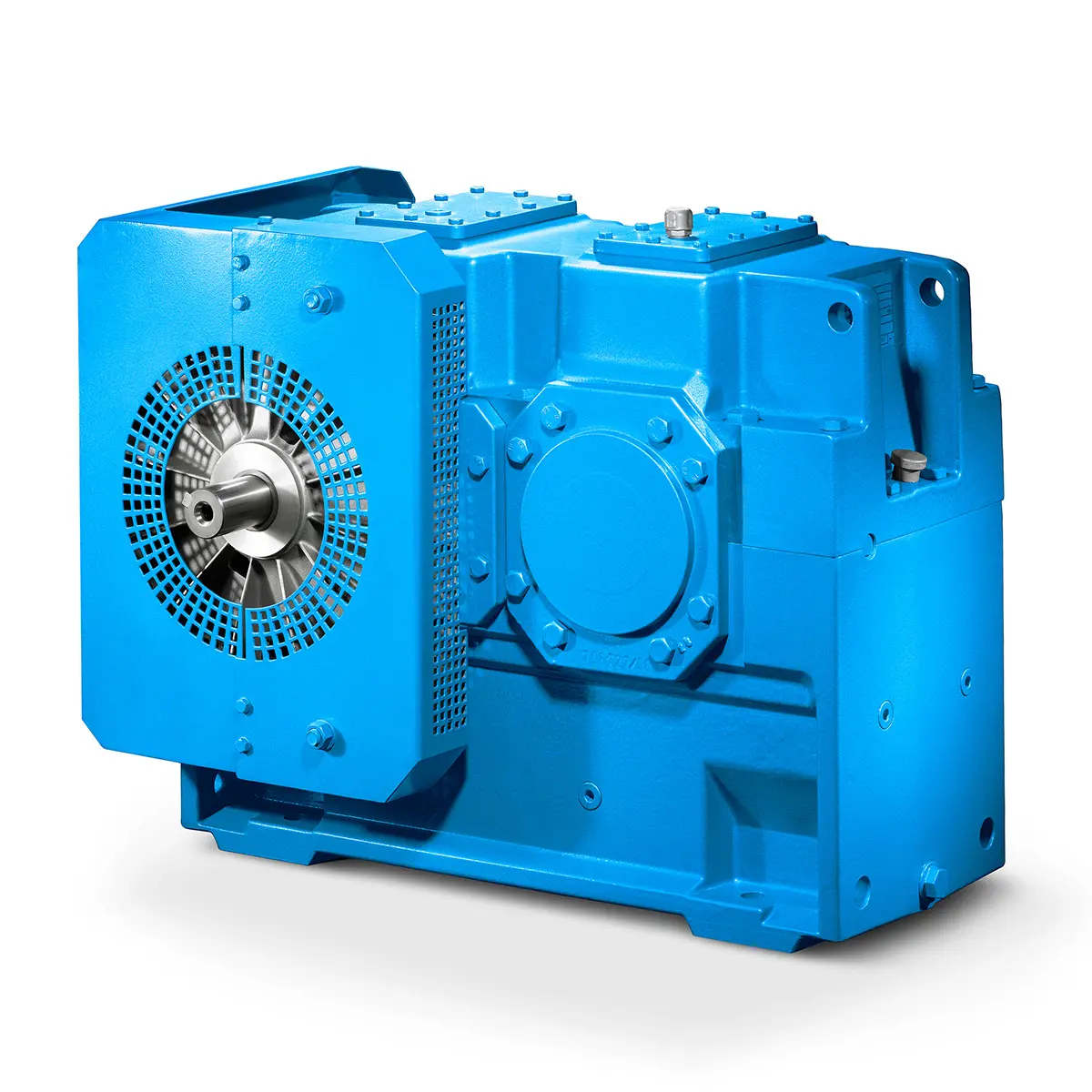 Paper And Pulp Preparation Sections
Paper And Pulp Preparation Sections 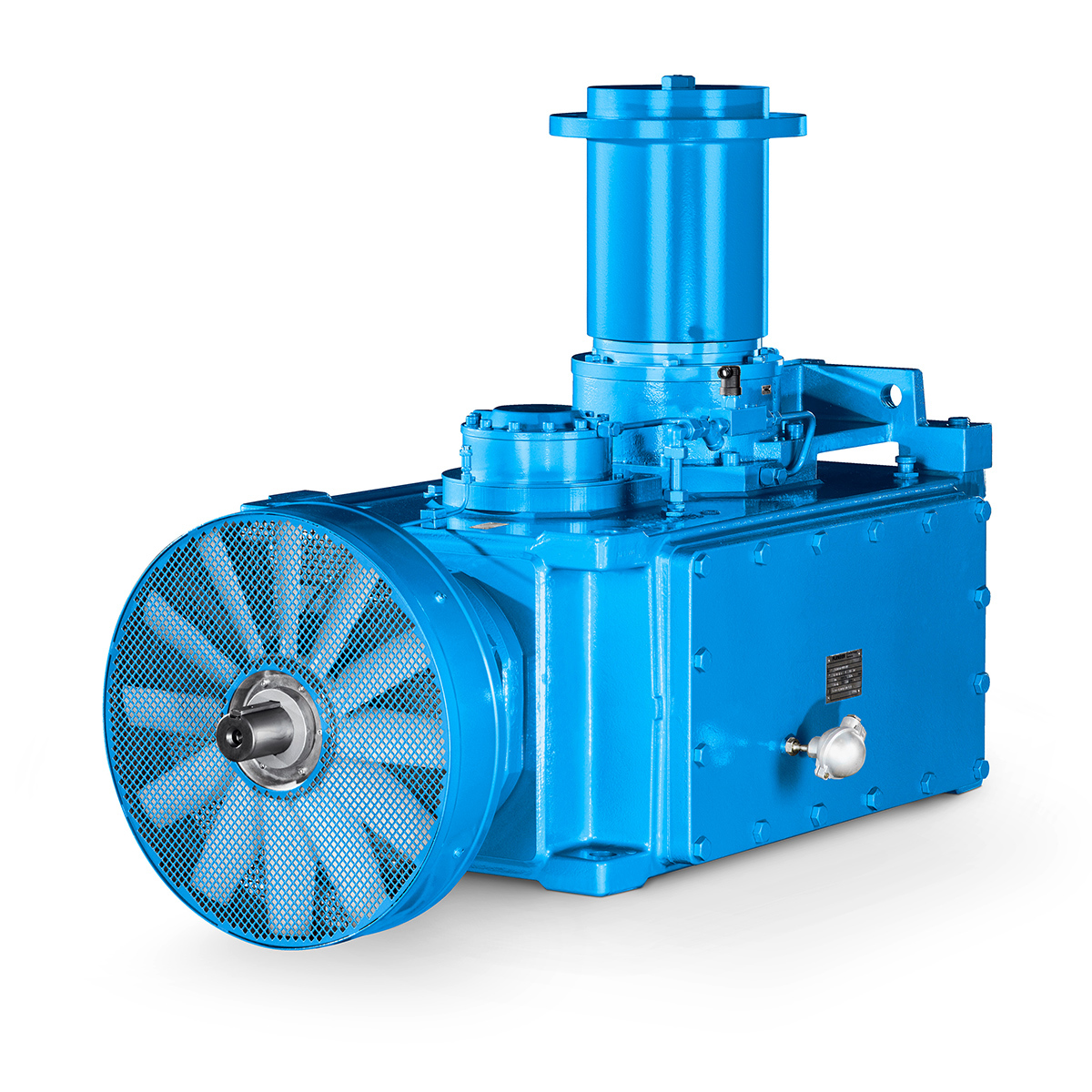 Operational Reliability Even In Case Of The Highest Ventilation Forces
Operational Reliability Even In Case Of The Highest Ventilation Forces 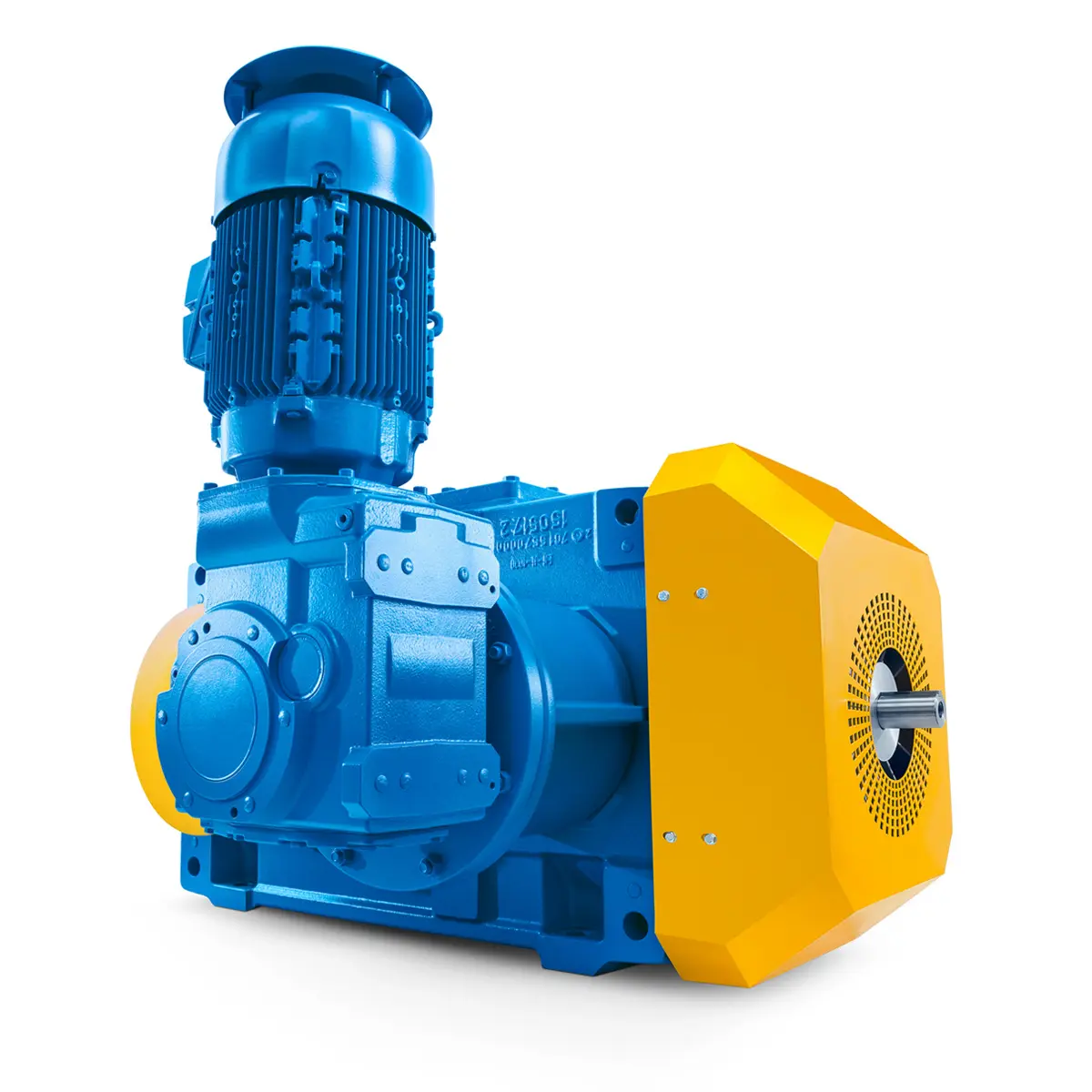 Reliable Gear Units For High Performance Vertical Conveyors 59/200
Reliable Gear Units For High Performance Vertical Conveyors 59/200 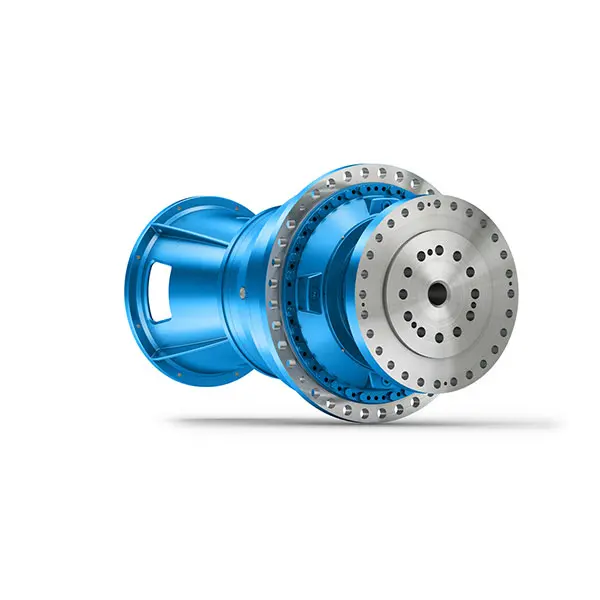 Maximum power density – PLANUREX 3 L individual drives for your sugar cane mill
Maximum power density – PLANUREX 3 L individual drives for your sugar cane mill 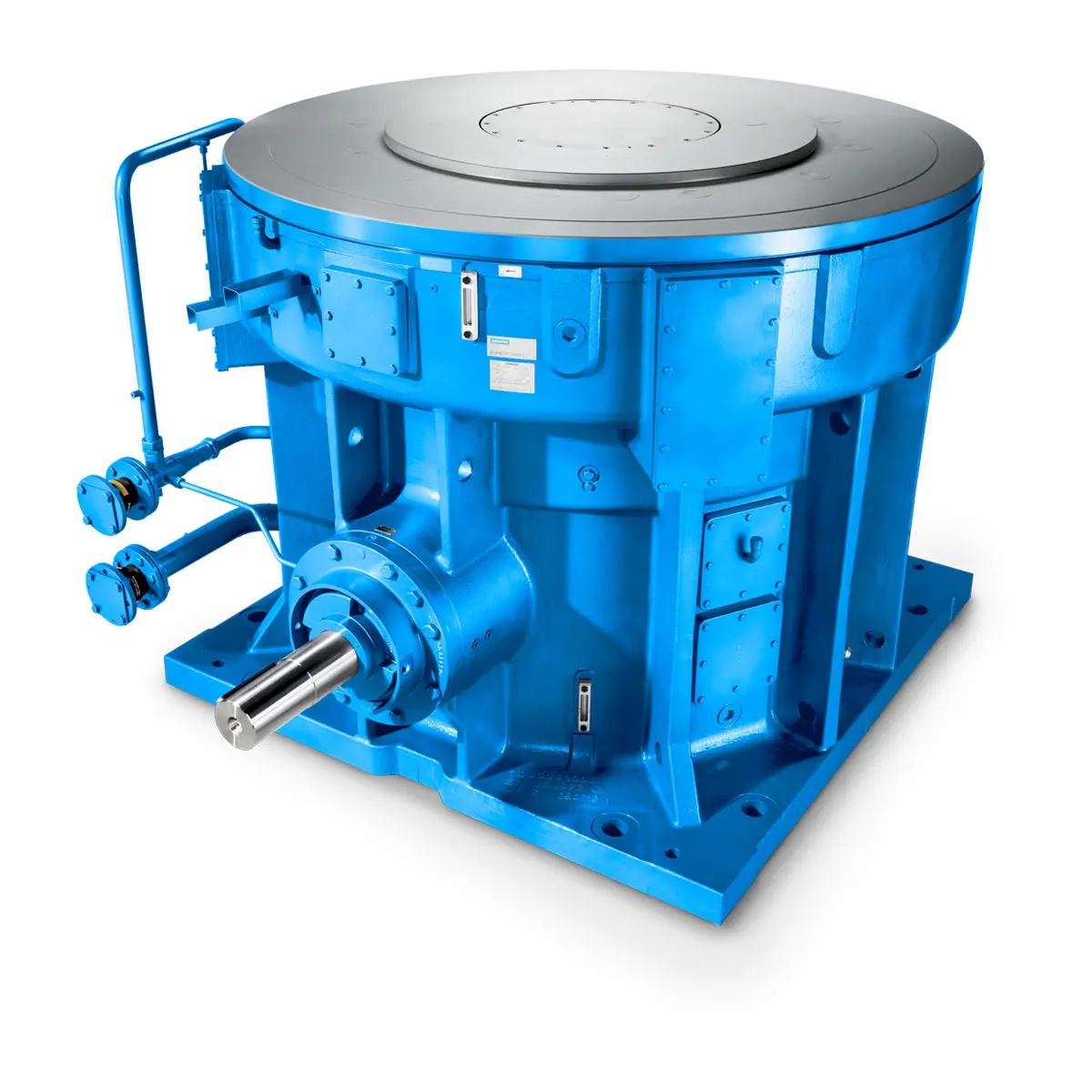 The proven all rounder gearunit gearbox
The proven all rounder gearunit gearbox 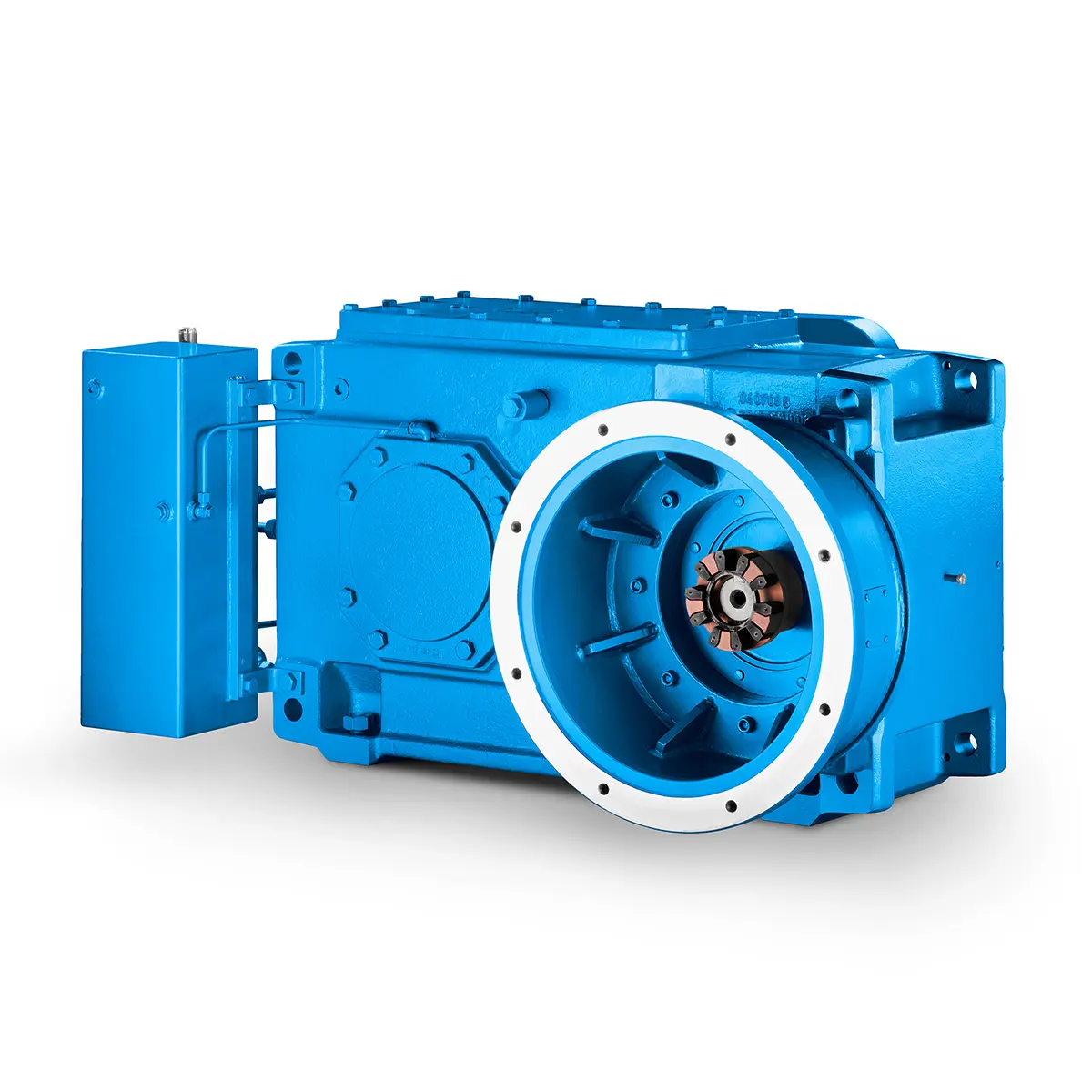 Stirs and stirs and stirs gearunit gearbox
Stirs and stirs and stirs gearunit gearbox 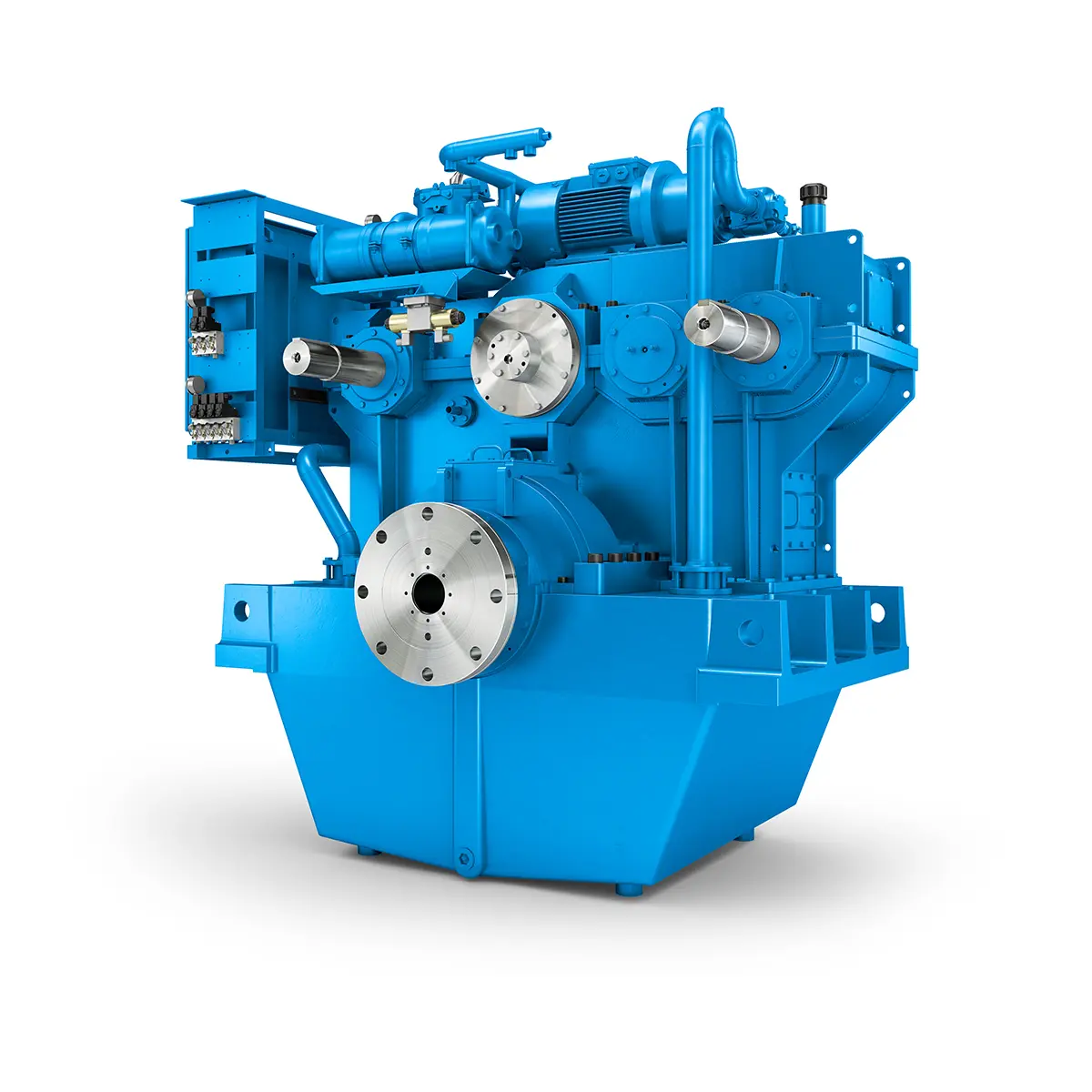 Flexibility on Board gearunit gearbox
Flexibility on Board gearunit gearbox 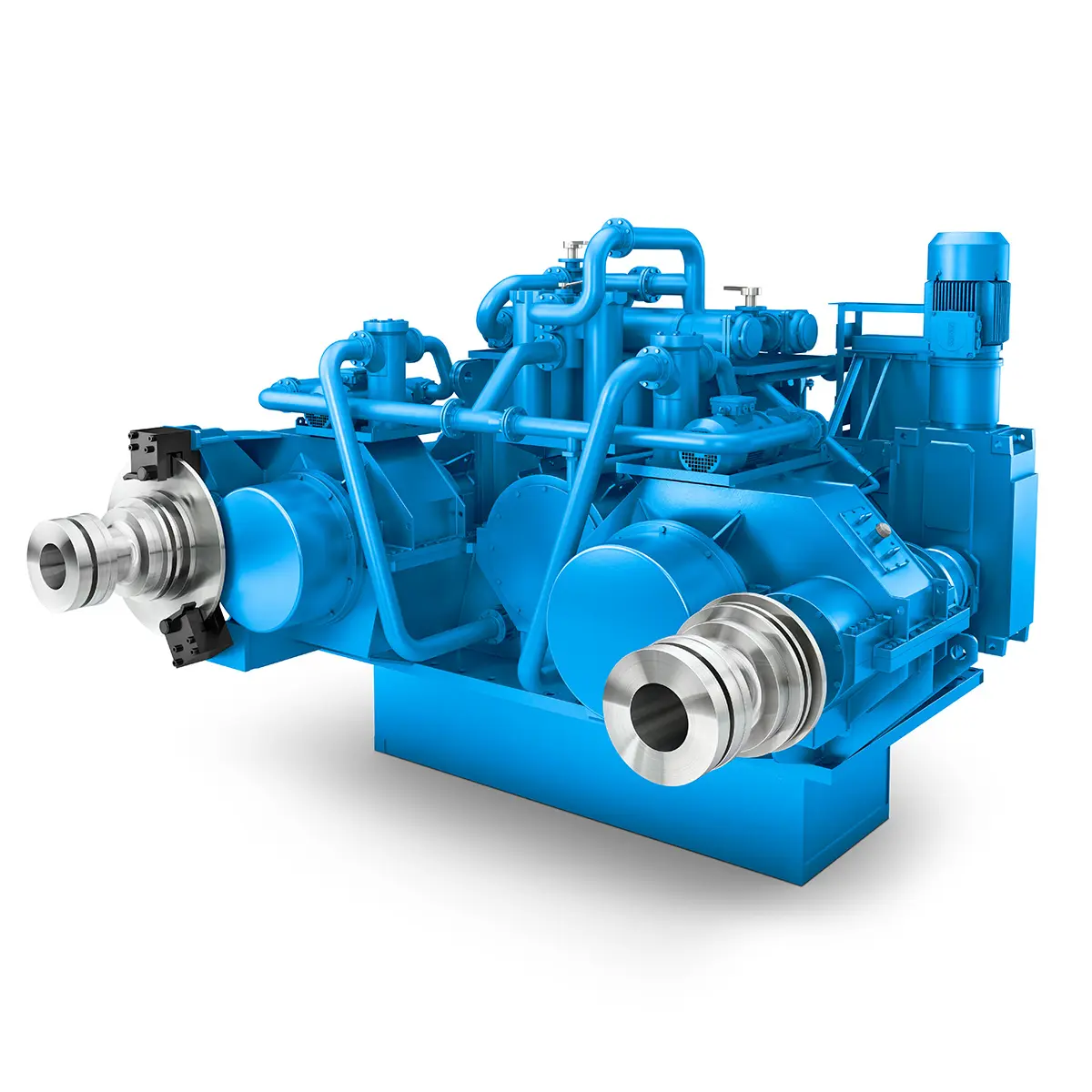 The right gearbox for all Multi-Engine Ships
The right gearbox for all Multi-Engine Ships 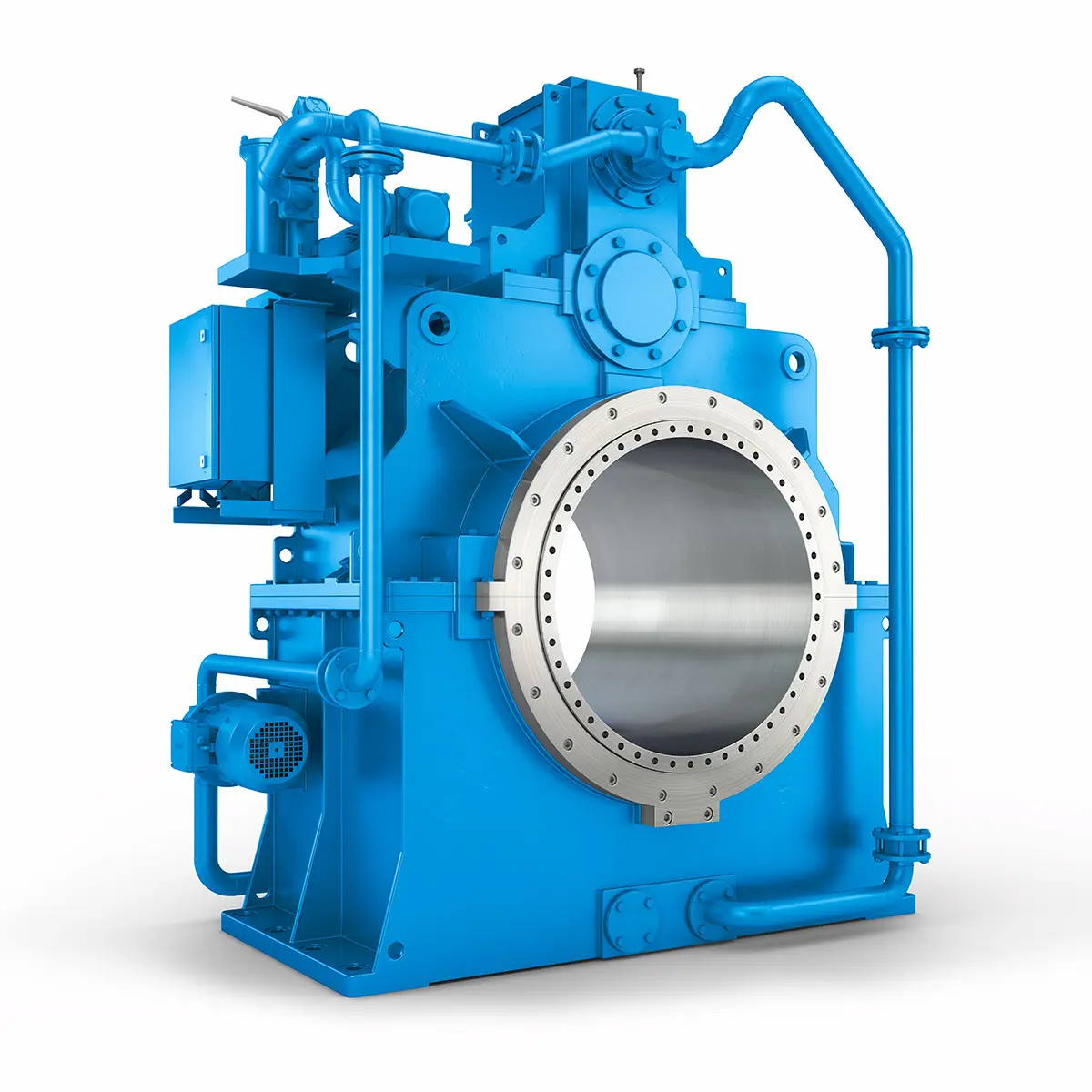 Reliable Power Generation on board
Reliable Power Generation on board 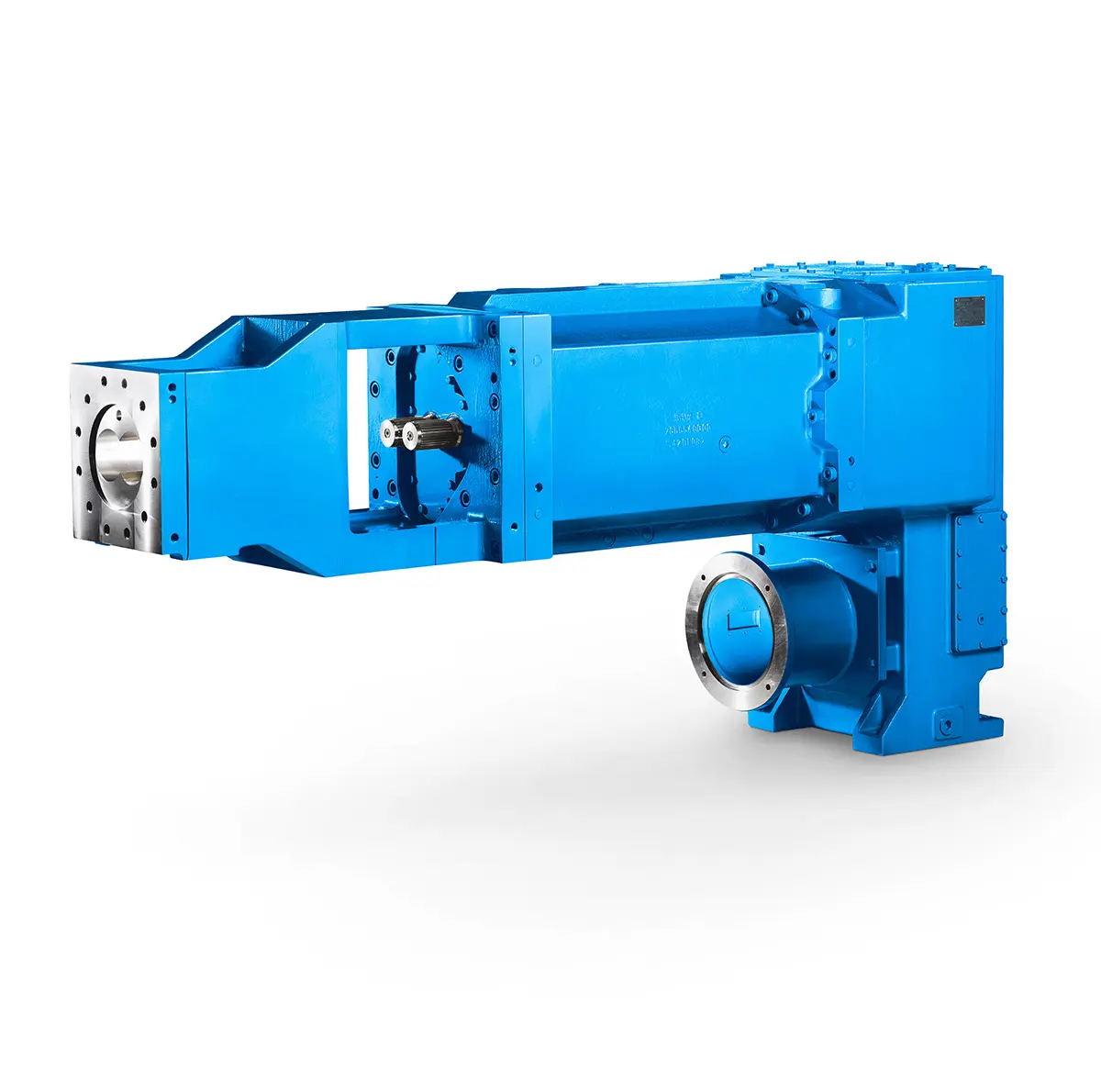 Maximum performance level, fast deliverable
Maximum performance level, fast deliverable 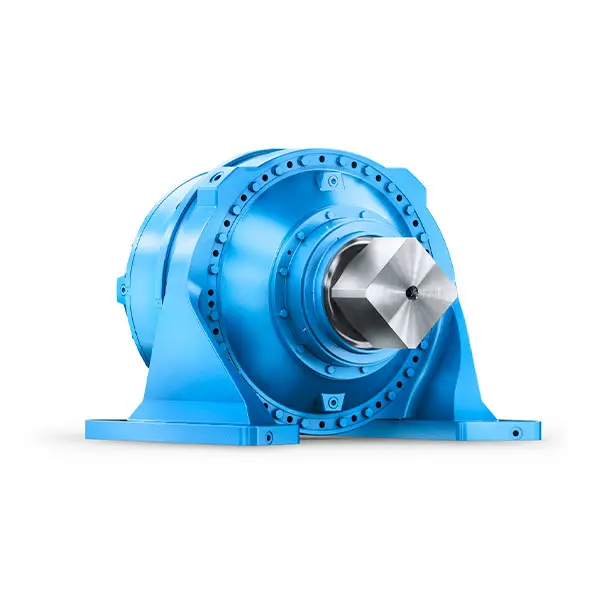 Efficient and compact – FLENDER Gear Units for Sugar Mills
Efficient and compact – FLENDER Gear Units for Sugar Mills 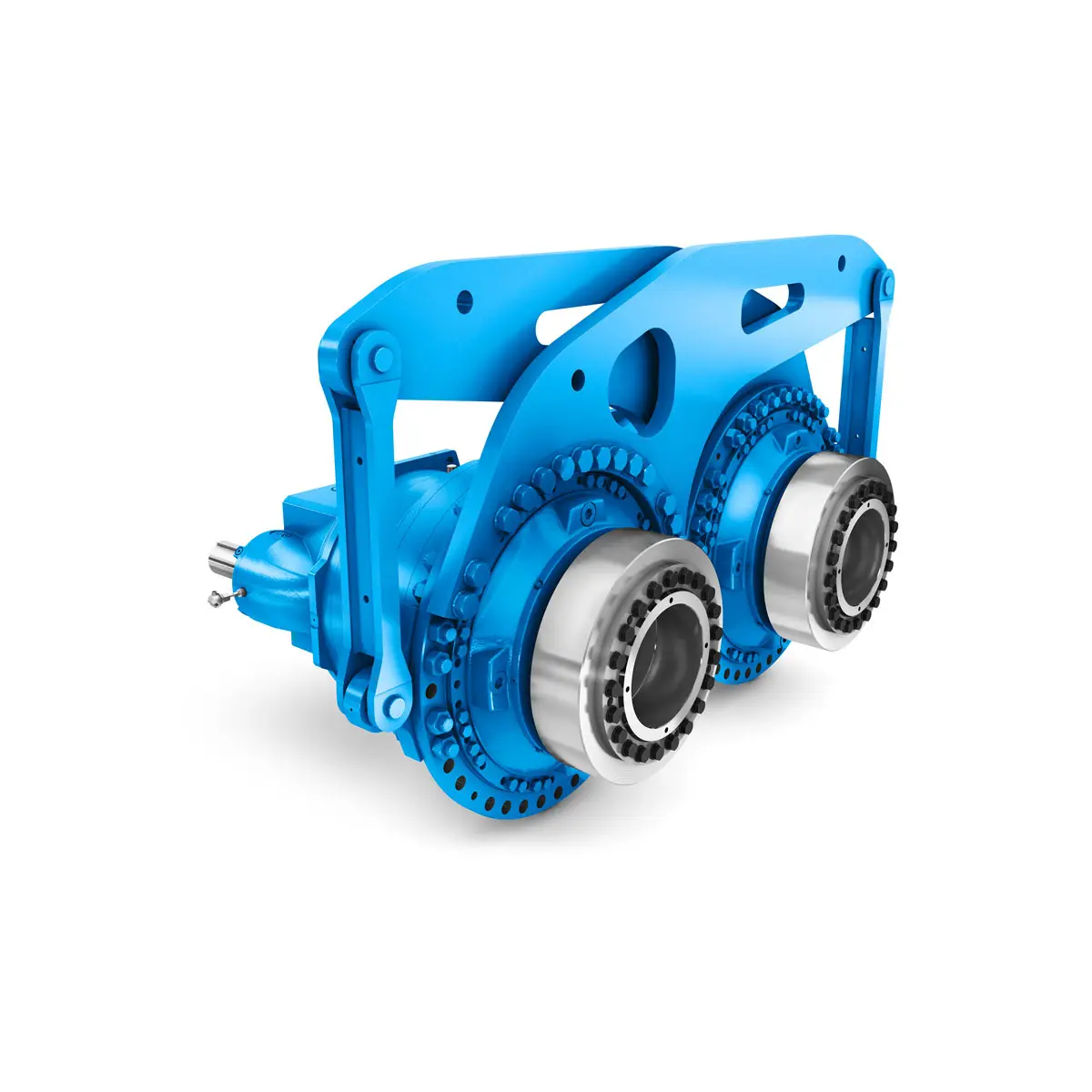 Extremely strong. Extremely compact. Extremely stressable.
Extremely strong. Extremely compact. Extremely stressable. 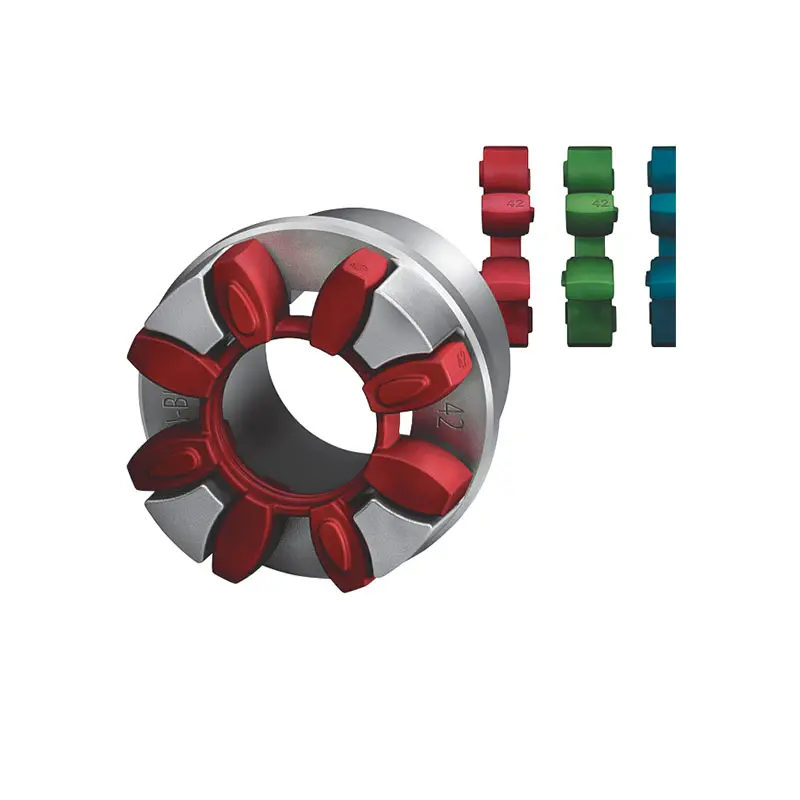 FLENDER Coupling
FLENDER Coupling 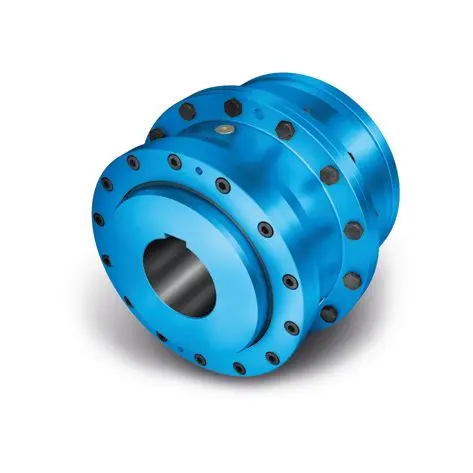 ZAPEX ZW Torsionally Rigid Gear Coupling
ZAPEX ZW Torsionally Rigid Gear Coupling 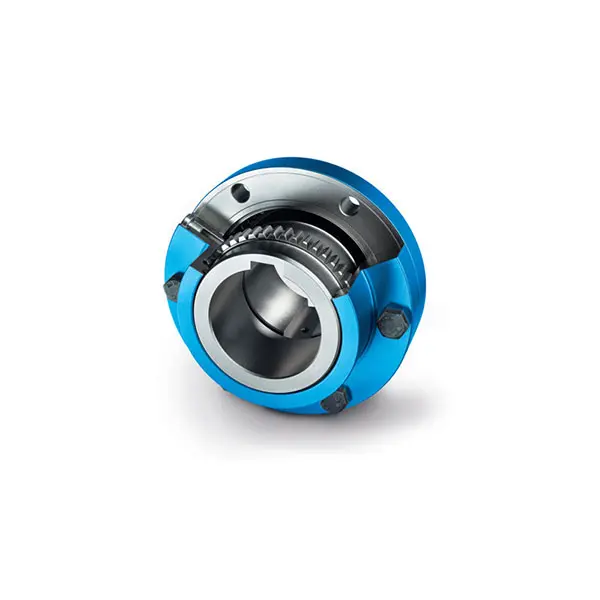 ZAPEX ZN Torsionally Rigid Gear Coupling
ZAPEX ZN Torsionally Rigid Gear Coupling 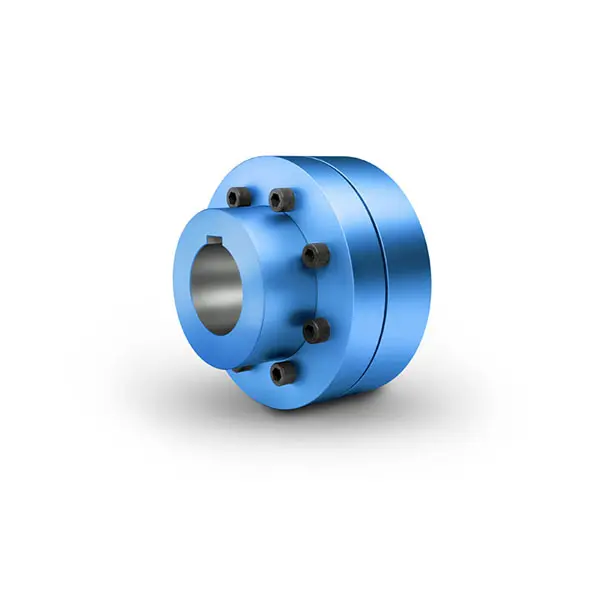 N-EUPEX Flexible high performance Coupling
N-EUPEX Flexible high performance Coupling 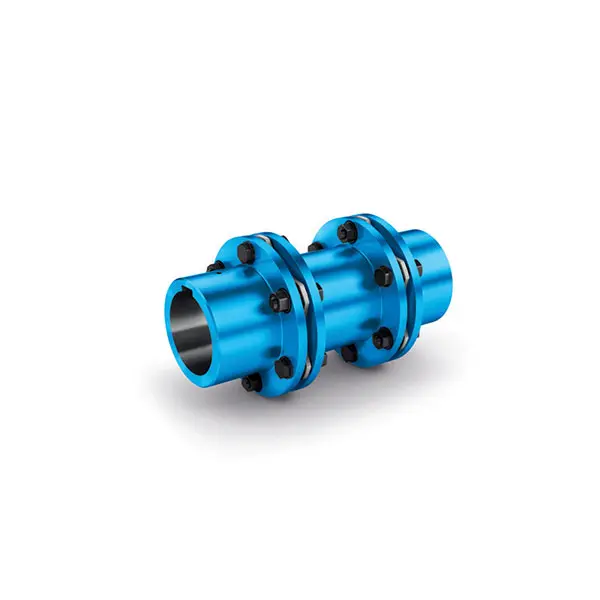 N-ARPEX Torsionally Rigid All-Steel Coupling
N-ARPEX Torsionally Rigid All-Steel Coupling 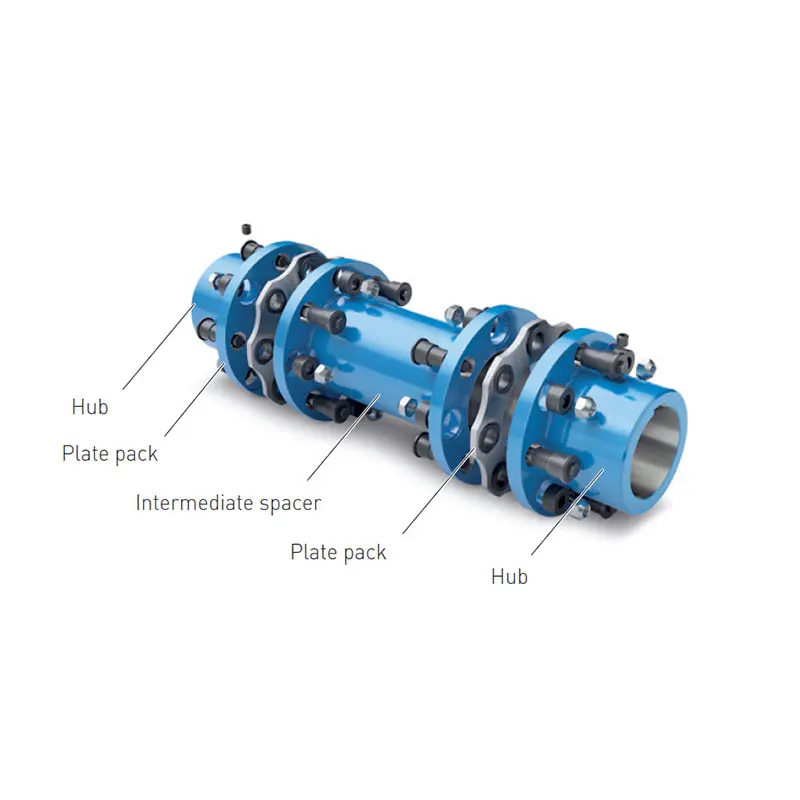 ARPEX Torsionally Rigid All-Steel Coupling Spare and Parts
ARPEX Torsionally Rigid All-Steel Coupling Spare and Parts  N-EUPEX DS Flexible High Performance Coupling
N-EUPEX DS Flexible High Performance Coupling 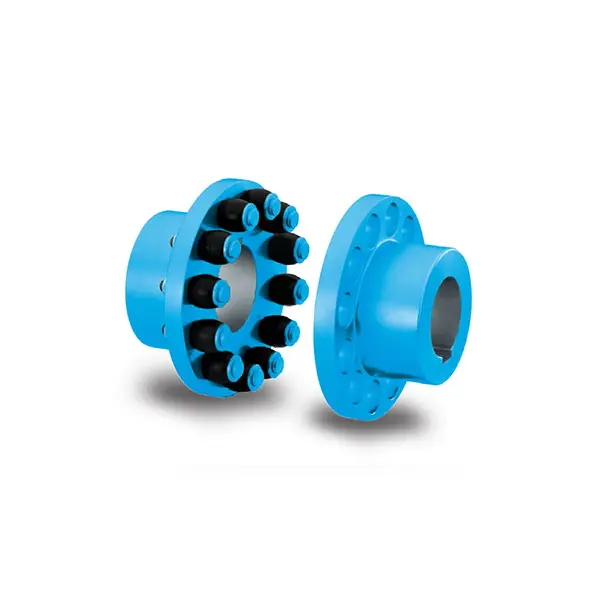 RUPEX Flexible high performance Coupling
RUPEX Flexible high performance Coupling 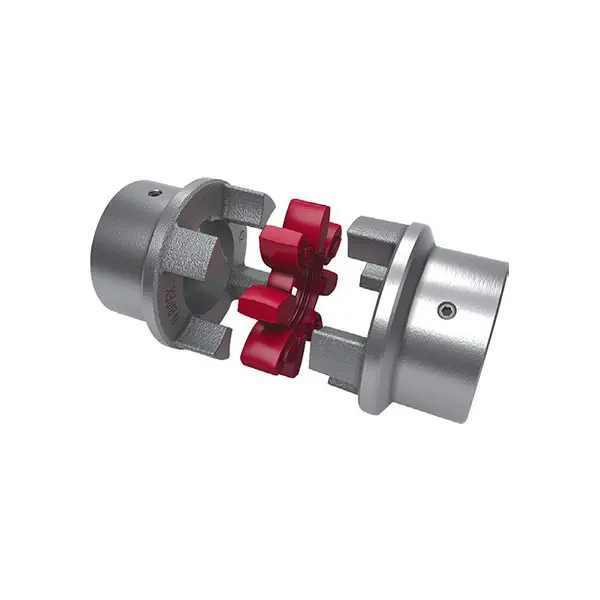 N BIPEX Flexible high performance coupling
N BIPEX Flexible high performance coupling 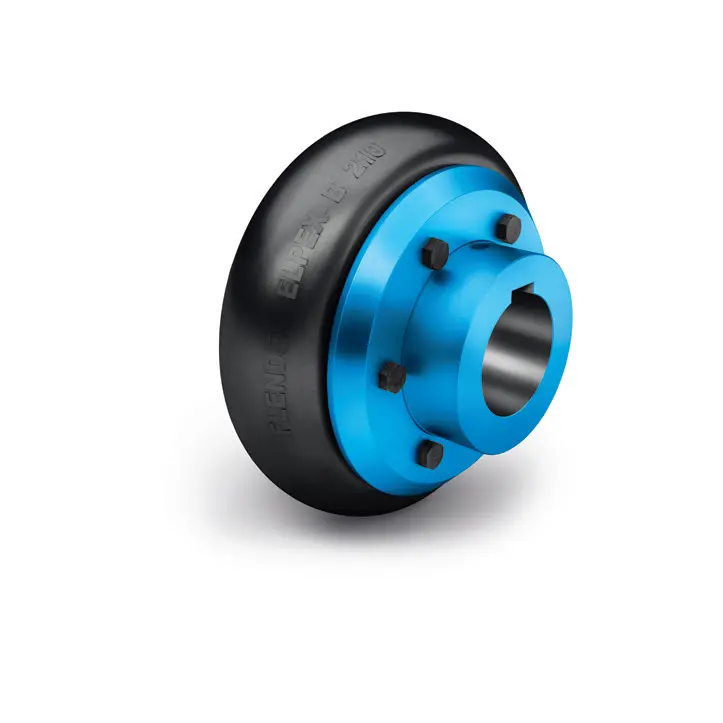 ELPEX B Highly Flexible Coupling
ELPEX B Highly Flexible Coupling 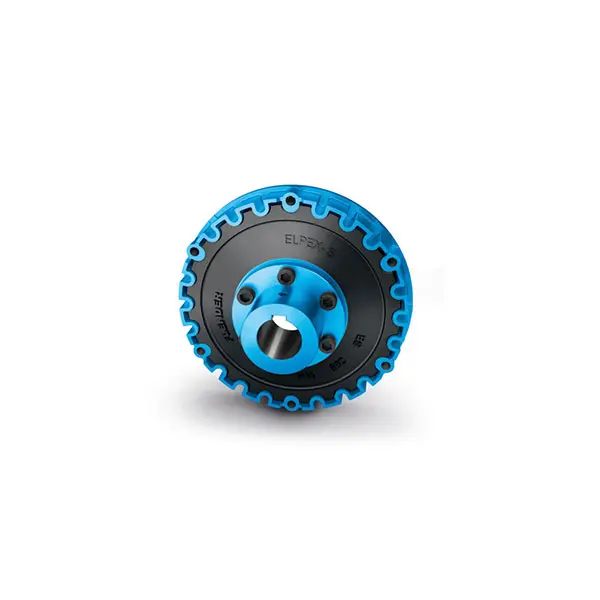 ELPEX S Highly Flexible Coupling high performance
ELPEX S Highly Flexible Coupling high performance 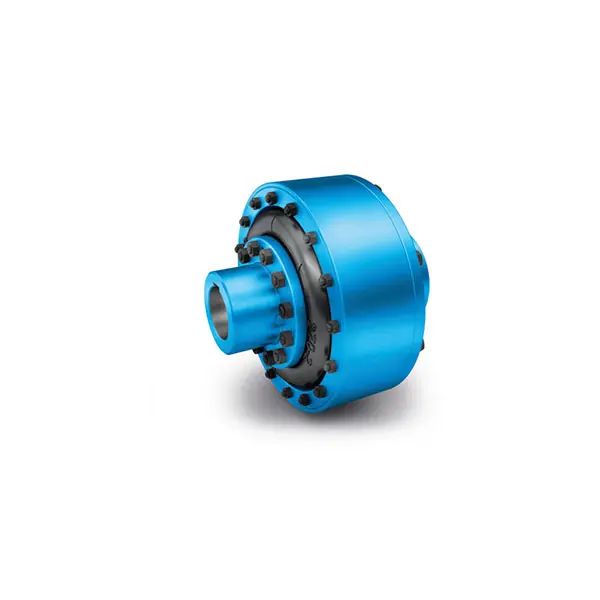 ELPEX Highly Flexible Coupling high performance
ELPEX Highly Flexible Coupling high performance 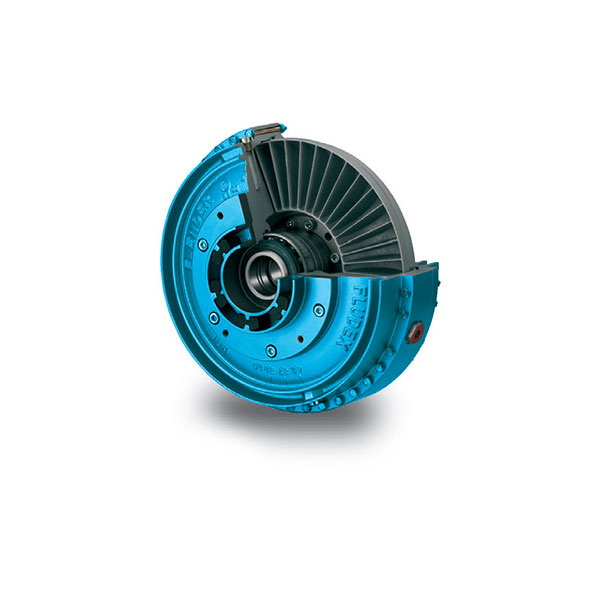 FLUDEX Fluid Coupling high performance
FLUDEX Fluid Coupling high performance 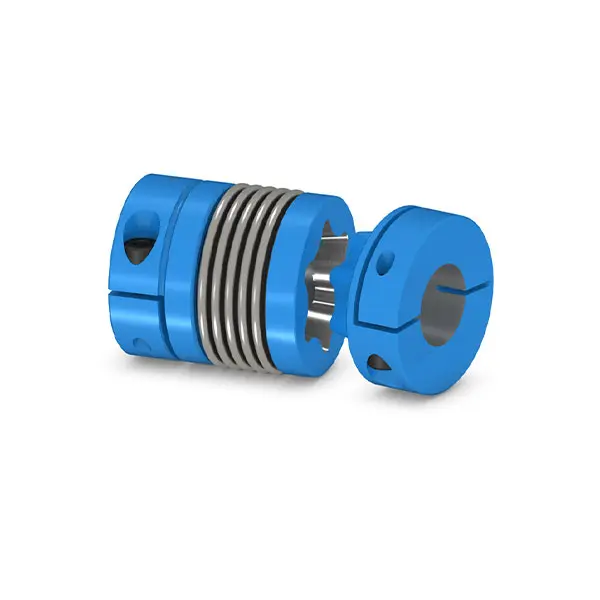 SIPEX Backlash free Coupling high performance
SIPEX Backlash free Coupling high performance 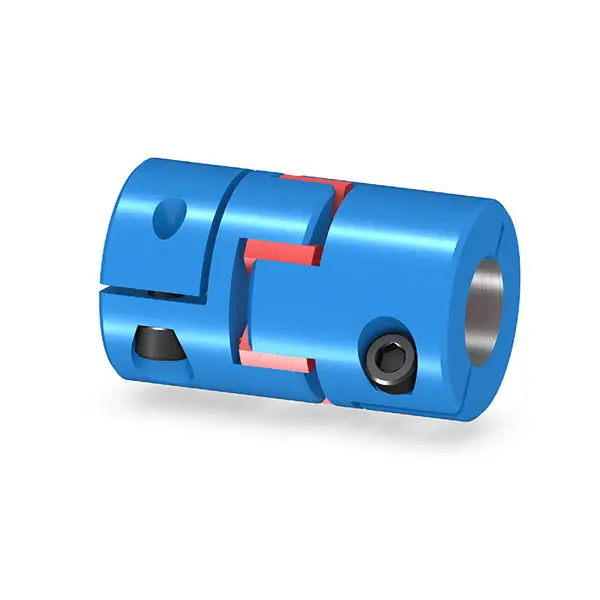 BIPEX S Backlash free Coupling high performance
BIPEX S Backlash free Coupling high performance 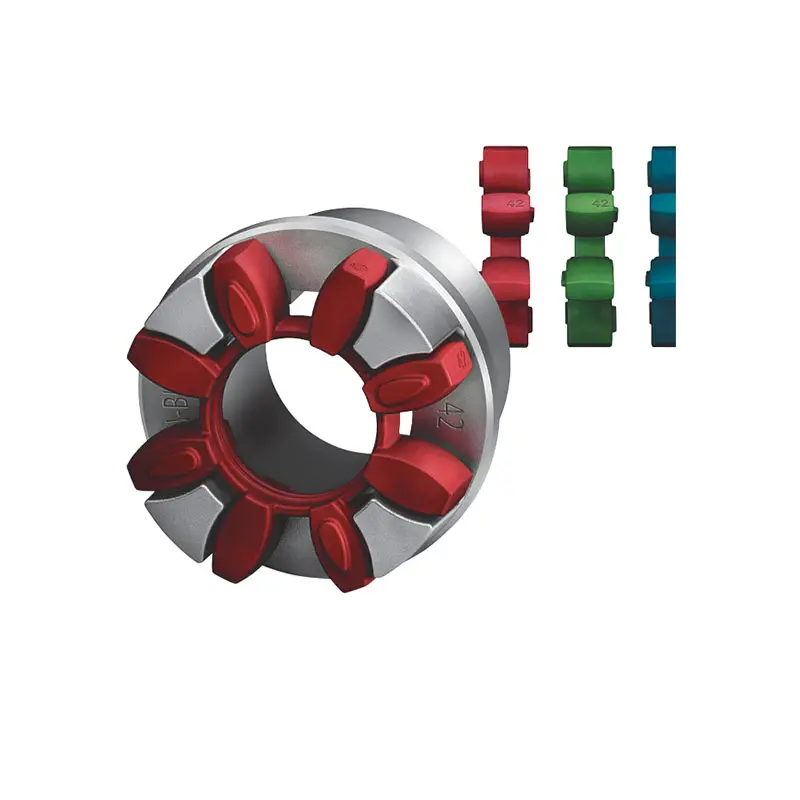 FLENDER Coupling Spare Parts high performance
FLENDER Coupling Spare Parts high performance 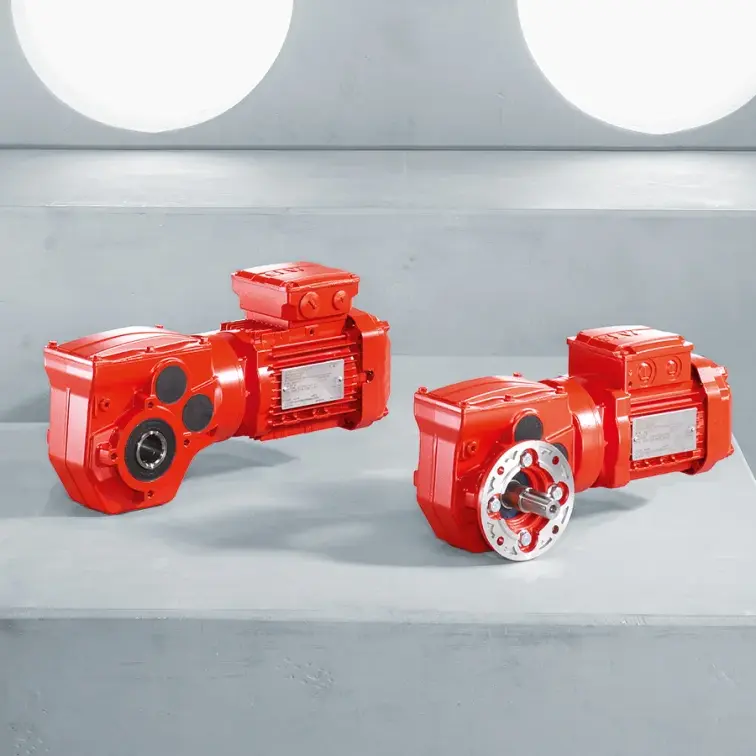 SEW Gearmotor
SEW Gearmotor
Our Company
News
Case
Contact Us
 R Series Helical Gearmotor low voltage
R Series Helical Gearmotor low voltage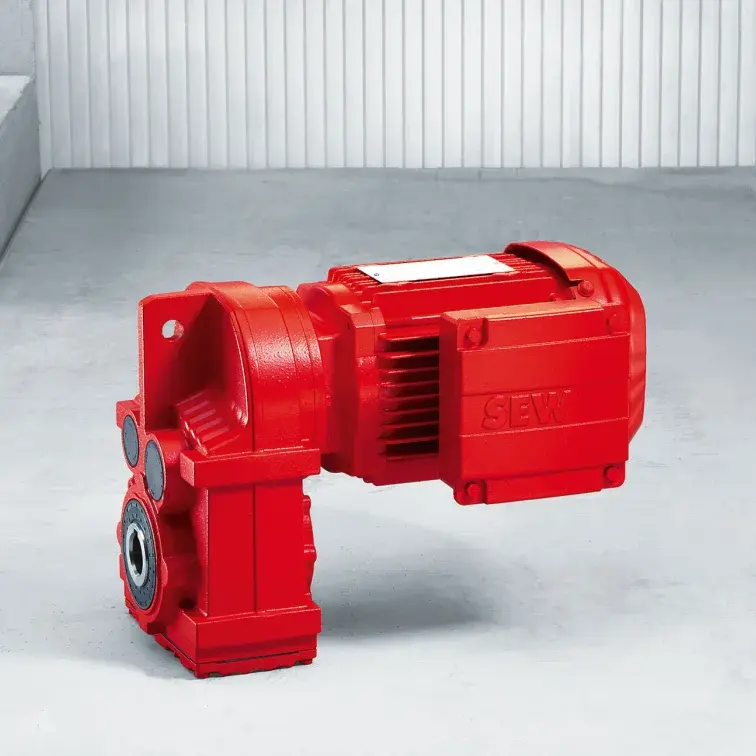 F Series Parallel Shaft Gearmotor low voltage
F Series Parallel Shaft Gearmotor low voltage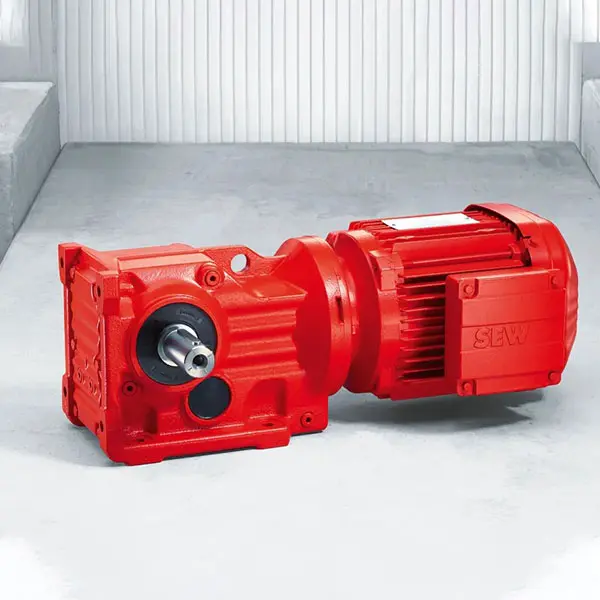 K Series Helical Bevel Gearmotor low voltage
K Series Helical Bevel Gearmotor low voltage S Series Helical Worm Gearmotor low voltage
S Series Helical Worm Gearmotor low voltage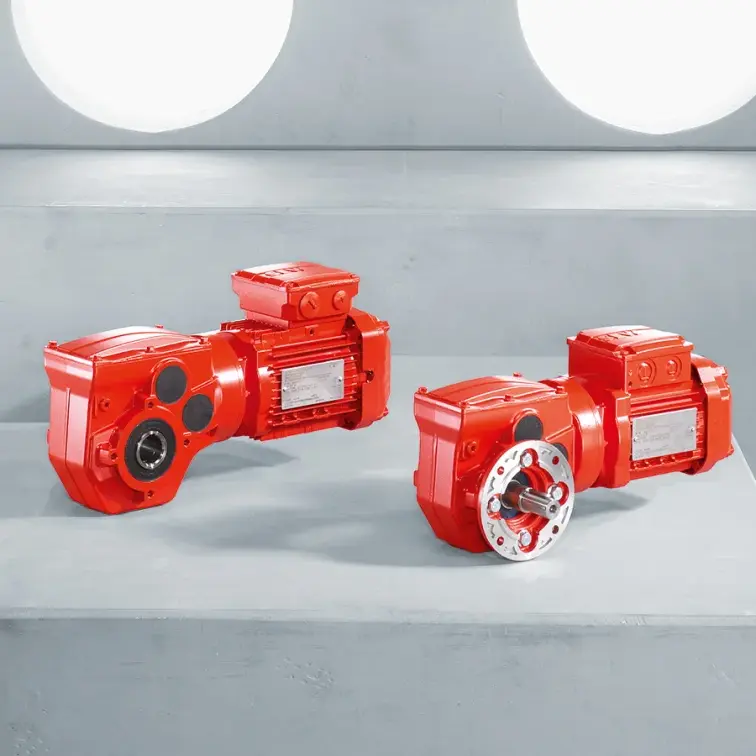 W Series SPIROPLAN® Right Angle Gearmotor
W Series SPIROPLAN® Right Angle Gearmotor
 Gear ratios play a pivotal role in enhancing the efficiency of gearboxes, which are essential components in the transportation sector. By determining the relationship between the rotational speeds of the input and output shafts, gear ratios can optimize engine performance and fuel efficiency. According to a report by the International Council on Clean Transportation, properly adjusted gear ratios can lead to a 10-15% improvement in fuel economy for passenger vehicles. This efficiency is increasingly vital as automakers push for greener technologies to meet stringent emissions regulations.
Gear ratios play a pivotal role in enhancing the efficiency of gearboxes, which are essential components in the transportation sector. By determining the relationship between the rotational speeds of the input and output shafts, gear ratios can optimize engine performance and fuel efficiency. According to a report by the International Council on Clean Transportation, properly adjusted gear ratios can lead to a 10-15% improvement in fuel economy for passenger vehicles. This efficiency is increasingly vital as automakers push for greener technologies to meet stringent emissions regulations.
 The future of transportation hinges on the advancement of smart gearboxes and adaptive systems, which are poised to revolutionize how vehicles operate. According to a report by the International Council on Clean Transportation (ICCT), the integration of smart gearbox technologies can improve vehicle efficiency by up to 15%, significantly reducing fuel consumption and emissions. These innovative systems utilize real-time data analytics to dynamically adjust gear ratios based on driving conditions, optimizing performance and energy use.
The future of transportation hinges on the advancement of smart gearboxes and adaptive systems, which are poised to revolutionize how vehicles operate. According to a report by the International Council on Clean Transportation (ICCT), the integration of smart gearbox technologies can improve vehicle efficiency by up to 15%, significantly reducing fuel consumption and emissions. These innovative systems utilize real-time data analytics to dynamically adjust gear ratios based on driving conditions, optimizing performance and energy use.

